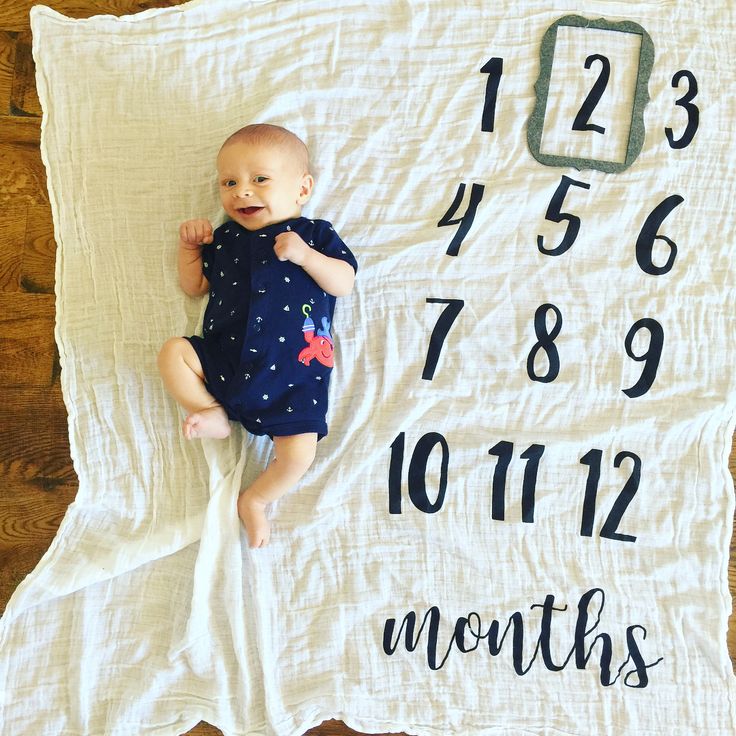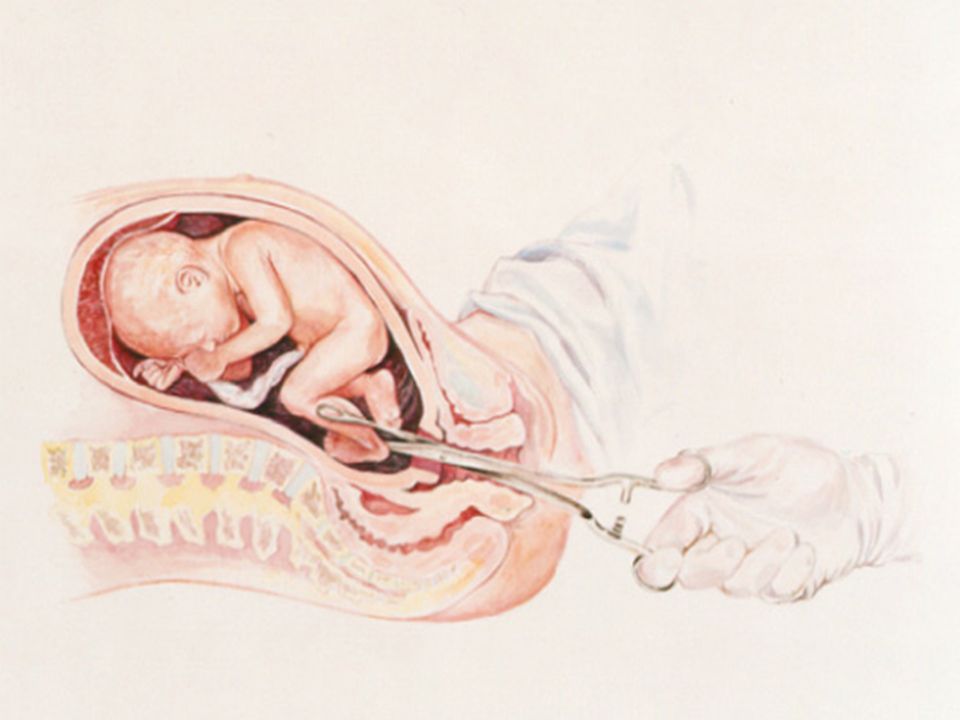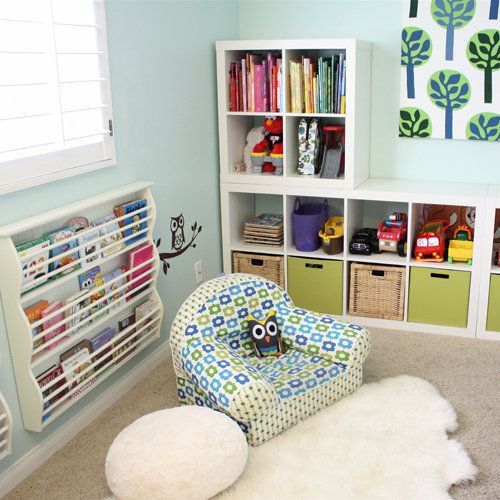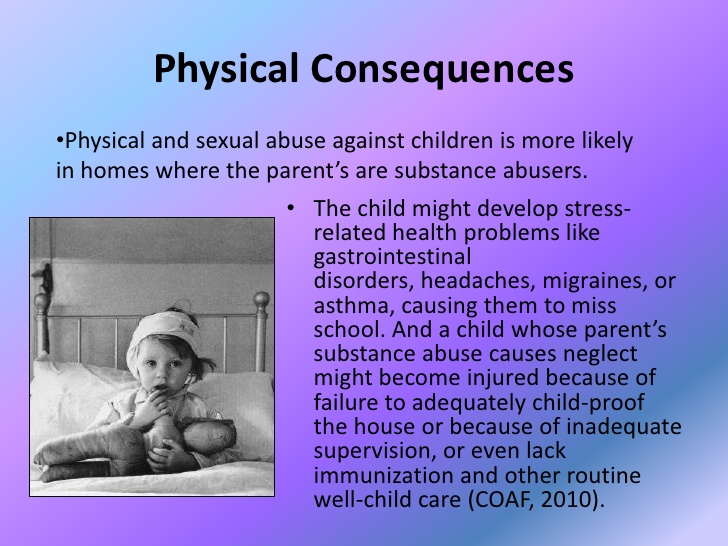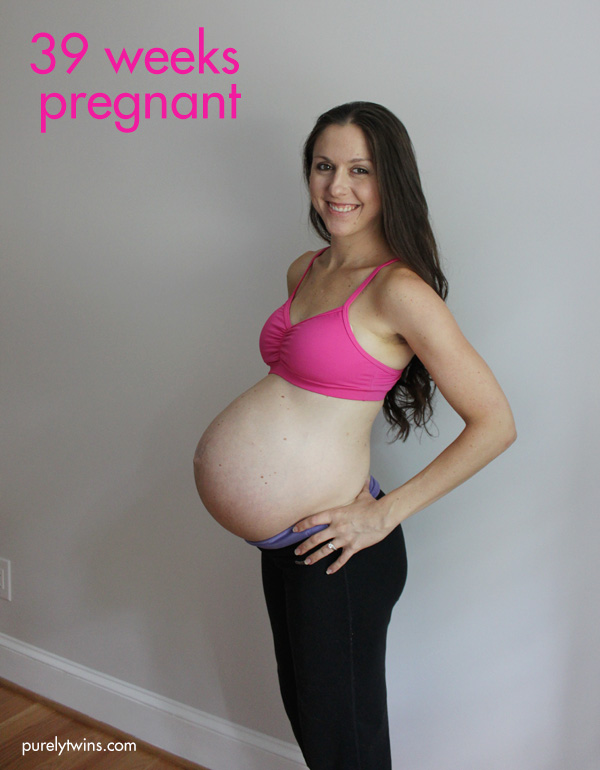How to baby development
10 Ways to Promote Baby Development - Healthy Baby Guide
Baby activities aren't just for fun. In addition to bonding while you play, you'll help your child reach important development milestones in motor skills and language.
By Elizabeth Shimer BowersMedically Reviewed by Pat F. Bass III, MD, MPH
Reviewed:
Medically Reviewed
Baby development begins well before an infant is even born. "A child's neurological system starts to form in the first week of gestation and is basically in place by the time the mother reaches four weeks of pregnancy," says Adiaha Spinks-Franklin, MD, a developmental-behavioral pediatrician at Texas Children's Hospital in Houston. "And by 17 weeks a fetus can hear." So it's never too early to start reading and singing to your baby and engaging in other baby activities to help stimulate development.
To guide you in helping your little one develop language and motor skills and reach crucial milestones, here are 10 ways to promote baby development and nurture your bond with your newborn:
Connect With Your Baby
"Starting as soon as a baby is born, the most important thing you can do to help your baby develop motor skills and language is to engage in human contact," says Kenneth Wible, MD, medical director of the Pediatric Care Center at Children's Mercy Hospitals and Clinics in Kansas City, Mo. "This includes holding the baby close to you, talking or singing to the baby, and doing other things that stimulate hearing." It's also important to motivate the baby's sight. "When the baby is awake, make sure she can see your face. Research shows that babies prefer objects and designs that resemble the human face," Dr. Wible says. "When the baby reaches 2 to 3 months, smile a lot so she can reciprocate." He adds that babies are born with primitive 20/200 vision, so it's important to hold them close so they can see you clearly.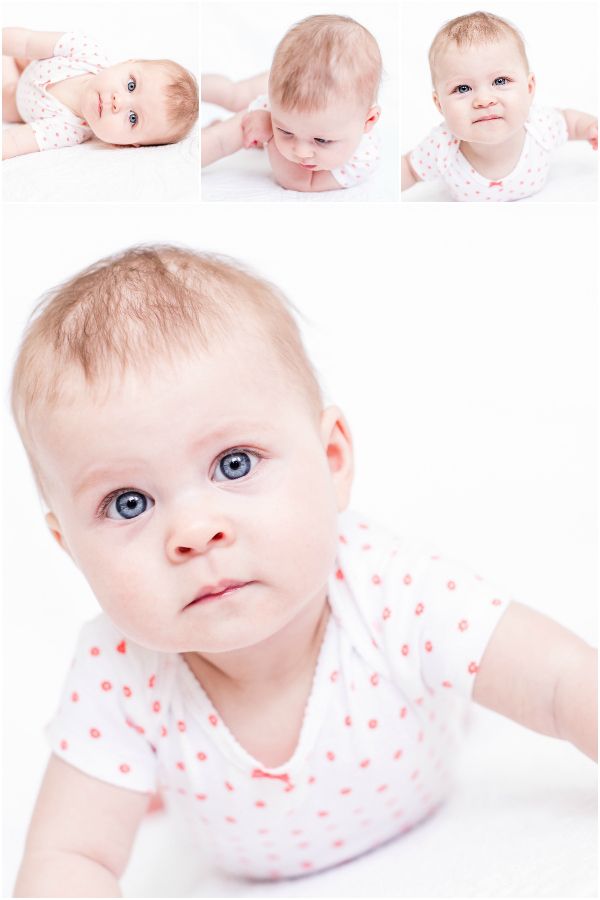
Excite The Senses
In the second and third months of baby development, infants begin to explore and learn more about their environment. "At this stage, allow your baby to experience different textures," Wible says. "Let her touch a variety of surfaces, and expose her to a variety of sights and smells. Take her hand and rub it on things that are rough, soft, smooth, cold, or warm, and talk about what she's feeling." This kind of detailed exposure will not only teach the baby about her environment but will also help develop her motor skills and language.
Give Ample "Tummy Time"
"Spending time on her tummy is essential to a baby developing a strong body for movement, including head and trunk control," says Amelia Miller, MS, chief infant development specialist at La Rabida Children's Hospital in Chicago. You can help your infant develop motor skills by initiating tummy time at the end of your child's second month. Start by placing your baby on your chest or lap or holding your baby in your arms.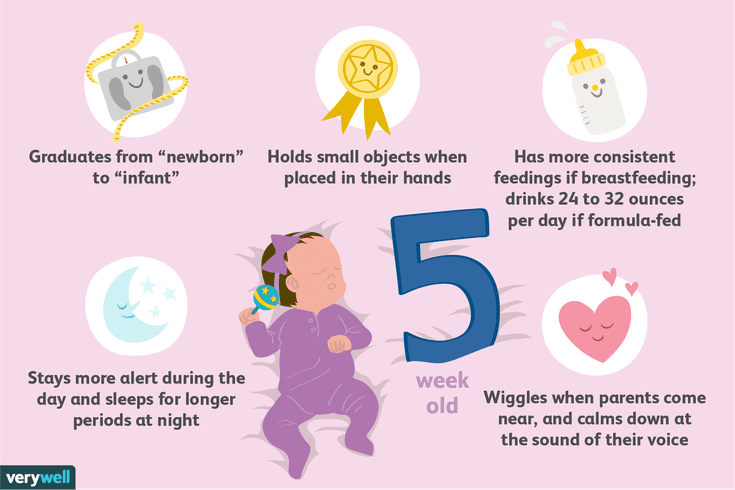 You can then move on to putting your baby on a blanket on the floor. Tummy time isn't a baby activity that infants are generally fond of, so when your baby gets fussy, tummy time is over.
You can then move on to putting your baby on a blanket on the floor. Tummy time isn't a baby activity that infants are generally fond of, so when your baby gets fussy, tummy time is over.
Talk To Your Baby
As soon as your baby is born, you can help her start to develop language. "In the first one to two months, imitate your baby's beginning sounds, talk to your baby using "motherese" — soothing, upbeat talking with exaggerated facial expressions — and listen for differentiated sounds and cries that indicate needs," Miller says. When your baby is 4 and 5 months old, you can work on her development of language and communication skills by listening for and imitating beginning babbling, like "ba-ba," "ga-ga," and "da-da." Use your child's name or other cue words, like "Hi, Sweetie," to let her know you're speaking to her directly.
Dr. Spinks-Franklin adds that conversations don't have to be complex to help babies develop language. "In the grocery store, simply explain to your baby what you're doing: 'I am putting the yellow bananas in the bag,'" she says.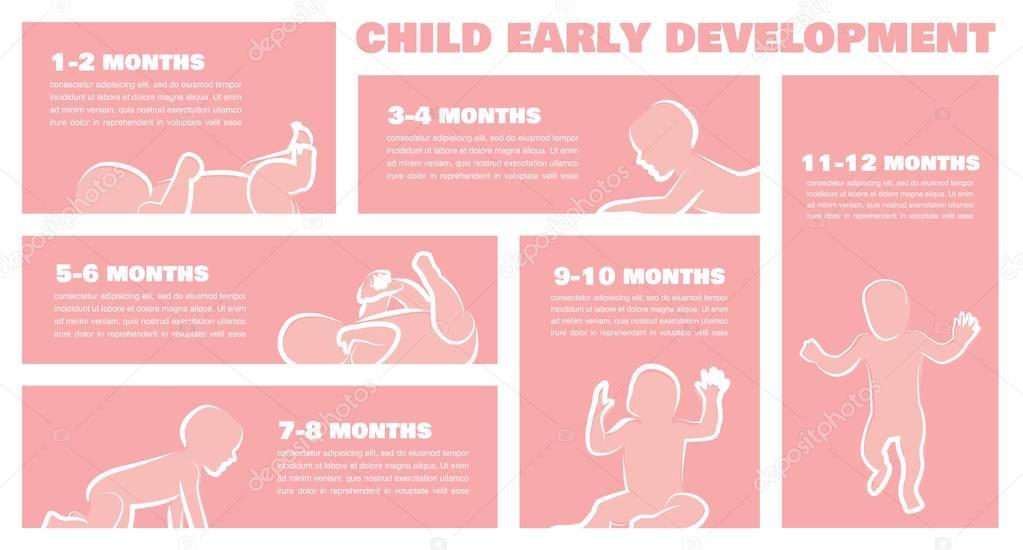 "Describe what you see, hear, and smell."
"Describe what you see, hear, and smell."
Provide a Sense of Security
Starting in the first weeks of baby development, infants need reassurance that their needs will be met — so when your baby cries, respond.
It's particularly important that parents respond to needs reliably to encourage baby's development. "You build attachment and trust by providing predictable routines and consistent caregiving," Miller says. A regular schedule of baby activities, such as feedings and naps, provides a sense of control. "Within this environment, babies develop into secure and independent children," she says.
Enhance Baby Activities With Toys
Around 6 months, when a baby has the motor skills necessary to sit up and grasp or retrieve objects, introduce interactive toys that facilitate baby development. "Toys that roll will stimulate a baby to go after them and encourage her to move," Wible says. "This is also a good time for colorful toys, pop-up toys, and things that surprise.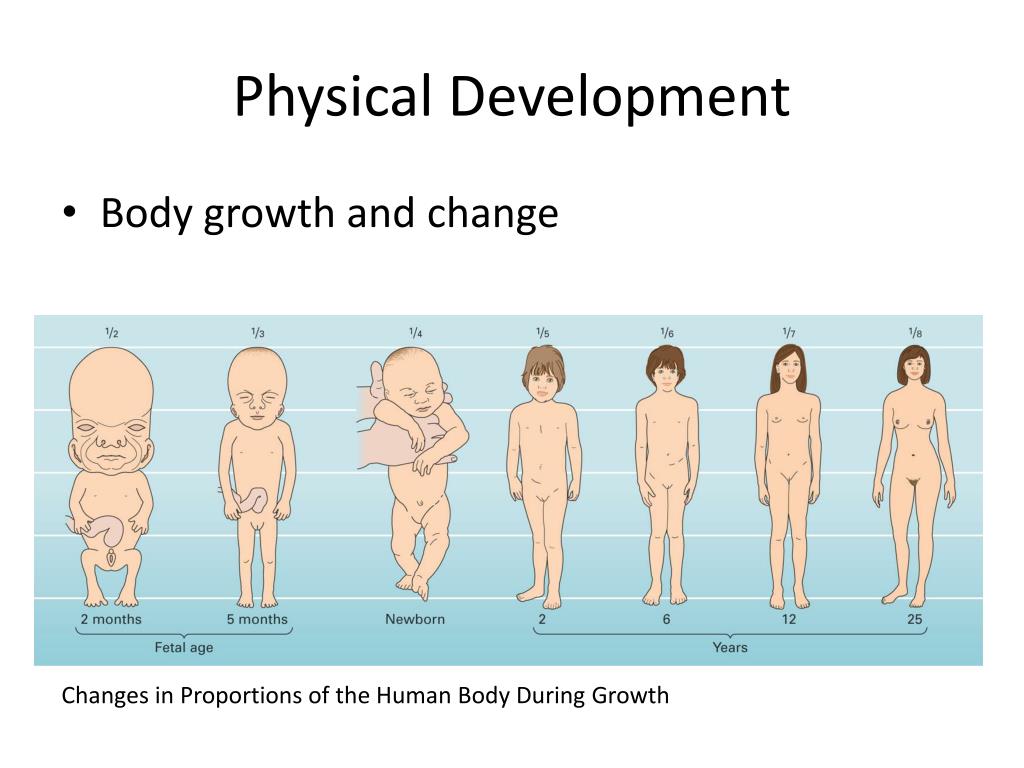 "
"
Play Interactive Games
"At about 9 months, babies develop object permanence — they know that when something isn't present, it can still exist," Spinks-Franklin explains. "Peekaboo is a really fun baby activity at this age because children get a kick out of 'You disappeared … and then you came back!' And when babies cover their eyes at this stage of development, they think their whole body is hiding."
Turn Off The TV
During their first 12 months, babies don't need TV or computers, Spinks-Franklin says. In fact, these screens can hinder baby development. "Babies develop language and other skills best by direct human interaction because they need immediate feedback," she explains. "The feedback they get from TV is artificial." For example, while watching a television program, a child who calls an object by the right or wrong name will not receive appropriate praise or correction from the characters. But when engaging in a baby activity like reading a book with a parent, a baby will hear the parent say, "Yes, that's right!" or "No, that's actually a cow," Spinks-Franklin adds.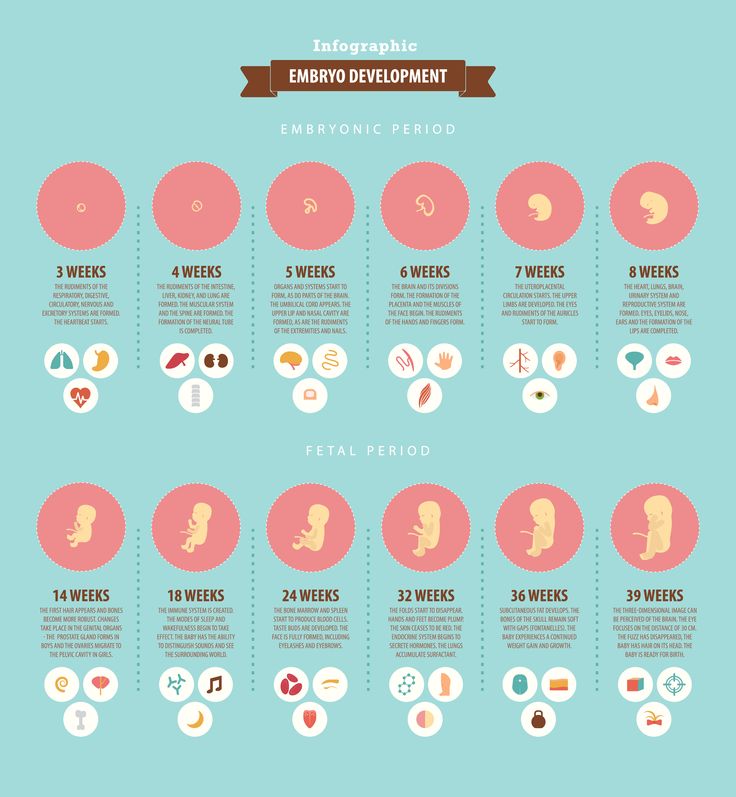
Keep Business Words Separate From Baby Activities
Research shows that the number and quality of words babies hear make a huge difference in how well they develop language. In terms of quality of words, "business" words are words parents use to give a child a command, such as "Put on your shoes" or "Brush your teeth," and nonbusiness words are general conversational words, such as "Wow — you put your shoes on the right feet, you have two shoes, and they are blue!"
"Studies have shown that nonbusiness words are best for helping children develop language," Spinks-Franklin explains. "There's a direct connection between the number of nonbusiness words a child hears and his success in kindergarten."
Give Your Baby What She Needs — You!
"Research continuously points to personal interaction between parent and baby as being most crucial to baby development," Wible says. "As your baby develops from a newborn to an infant to a toddler, never stop talking to her, holding her, and giving her that personal time and face-to-face contact.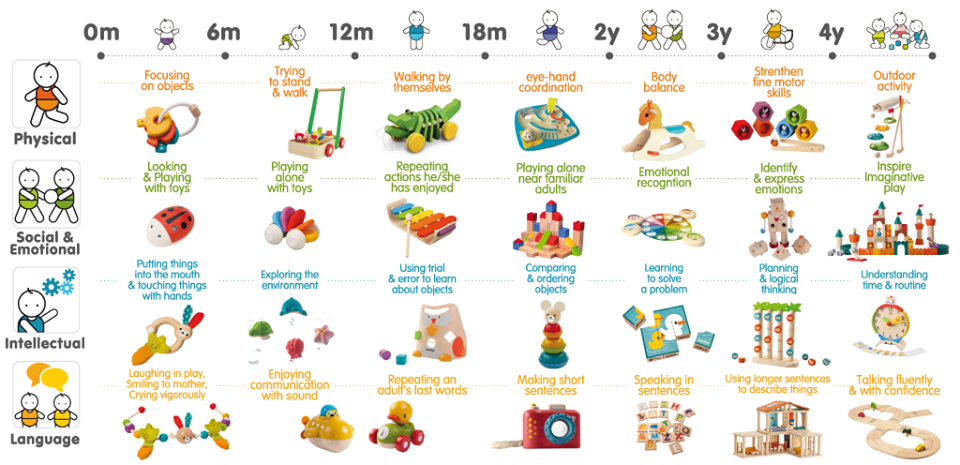 These are the most important baby activities of all."
These are the most important baby activities of all."
Fetal development: Month-By-Month Stages of Pregnancy
When does a pregnancy start?
The start of pregnancy is actually the first day of your last menstrual period. This is called the gestational age, or menstrual age. It’s about two weeks ahead of when conception actually occurs. Though it may seem strange, the date of the first day of your last period will be an important date when determining your due date. Your healthcare provider will ask you about this date and will use it to figure out how far along you are in your pregnancy.
How does conception work?
Each month, your body goes through a reproductive cycle that can end in one of two ways.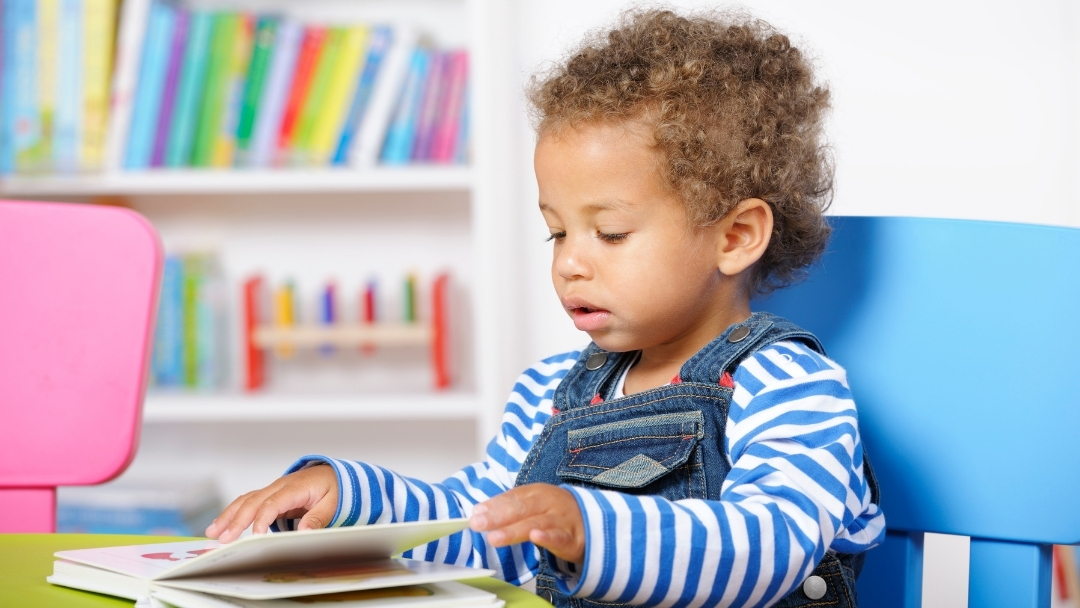 You will either have a menstrual period or become pregnant. This cycle is continuously happening during your reproductive years — from puberty in your teen years to menopause around age 50.
You will either have a menstrual period or become pregnant. This cycle is continuously happening during your reproductive years — from puberty in your teen years to menopause around age 50.
In a cycle that ends with pregnancy, there are several steps. First, a group of eggs (called oocytes) gets ready to leave the ovary for ovulation (release of the egg). The eggs develop in small, fluid-filled cysts called follicles. Think of these follicles as small containers for each immature egg. Out of this group of eggs, one will become mature and continue on through the cycle. This follicle then suppresses all the other follicles in the group. The other follicles stop growing at this point.
The mature follicle now opens and releases the egg from the ovary. This is ovulation. Ovulation generally happens about two weeks before your next menstrual period begins. It’s generally in the middle of your cycle.
After ovulation, the opened (ruptured) follicle develops into a structure called the corpus luteum. This secretes (releases) the hormones progesterone and estrogen. Progesterone helps prepare the endometrium (lining of the uterus). This lining is the place where a fertilized egg settles to develop. If you don’t become pregnant during a cycle, this lining is what is shed during your period.
This secretes (releases) the hormones progesterone and estrogen. Progesterone helps prepare the endometrium (lining of the uterus). This lining is the place where a fertilized egg settles to develop. If you don’t become pregnant during a cycle, this lining is what is shed during your period.
On average, fertilization happens about two weeks after your last menstrual period. When the sperm penetrates the egg, changes occur in the protein coating of the egg to prevent other sperm from entering.
At the moment of fertilization, your baby’s genetic make-up is complete, including its sex. The sex of your baby depends on what sperm fertilizes the egg at the moment of conception. Generally, women have a genetic combination of XX and men have XY. Women provide each egg with an X. Each sperm can be either an X or a Y. If the fertilized egg and sperm is a combination of an X and Y, it’s a boy. If there are two Xs, it’s a girl.
What happens right after conception?
Within 24 hours after fertilization, the egg begins rapidly dividing into many cells.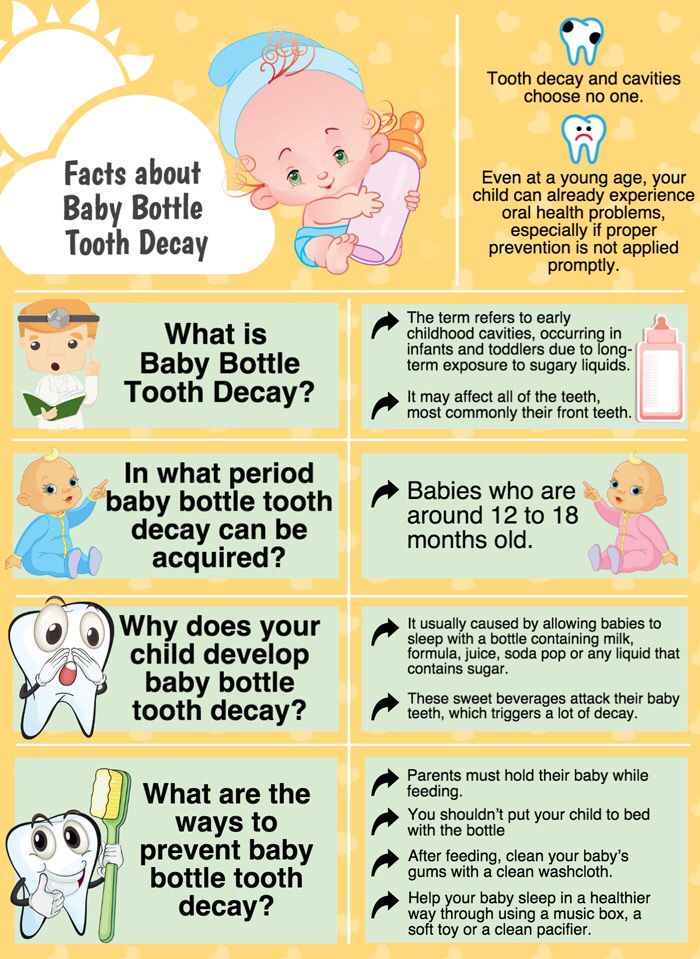 It remains in the fallopian tube for about three days after conception. Then the fertilized egg (now called a blastocyte) continues to divide as it passes slowly through the fallopian tube to the uterus. Once there, its next job is to attach to the endometrium. This is called implantation.
It remains in the fallopian tube for about three days after conception. Then the fertilized egg (now called a blastocyte) continues to divide as it passes slowly through the fallopian tube to the uterus. Once there, its next job is to attach to the endometrium. This is called implantation.
Before implantation though, the blastocyte breaks out of its protective covering. When the blastocyte makes contact with the endometrium, the two exchange hormones to help the blastocyte attach. Some women notice spotting (slight bleeding) during the one or two days when implantation happens. This is normal and isn’t something you should worry about. At this point, the endometrium becomes thicker and the cervix (the opening between your uterus and birth canal) is sealed by a plug of mucus.
Within three weeks, the blastocyte cells ultimately form a little ball, or an embryo. By this time, the first nerve cells have formed.
Your developing fetus has already gone through a few name changes in the first few weeks of pregnancy.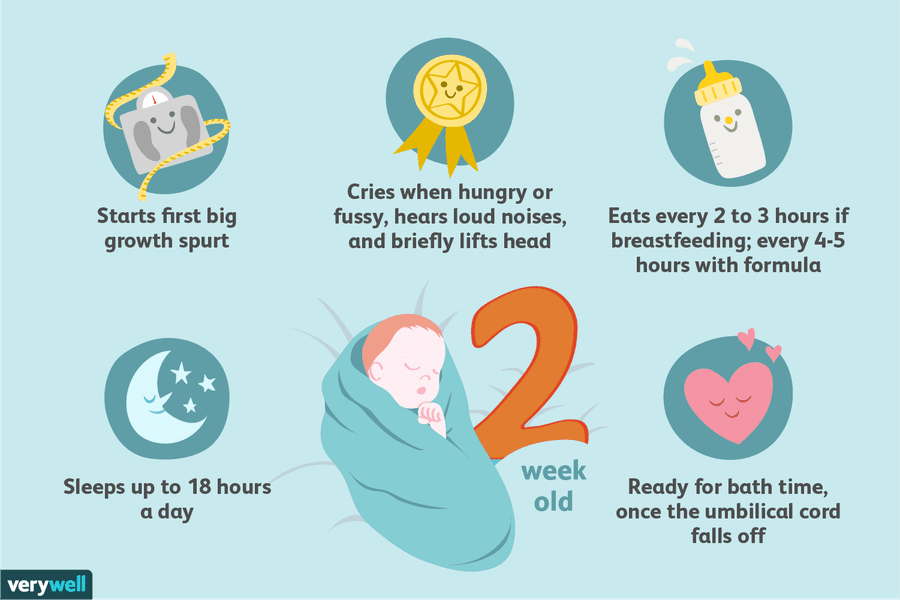 Generally, it's called an embryo from conception until the eighth week of development. After the eighth week, it's called a fetus until it’s born.
Generally, it's called an embryo from conception until the eighth week of development. After the eighth week, it's called a fetus until it’s born.
How early can I know I’m pregnant?
From the moment of conception, the hormone human chorionic gonadotrophin (hCG) will be present in your blood. This hormone is created by the cells that form the placenta (food source for the growing fetus). It’s also the hormone detected in a pregnancy test. Even though this hormone is there from the beginning, it takes time for it to build within your body. It typically takes three to four weeks from the first day of your last period for the hCG to increase enough to be detected by pregnancy tests.
When should I reach out to my healthcare provider about a new pregnancy?
Most healthcare providers will have you wait to come in for an appointment until you have had a positive home pregnancy test. These tests are very accurate once you have enough hCG circulating throughout your body.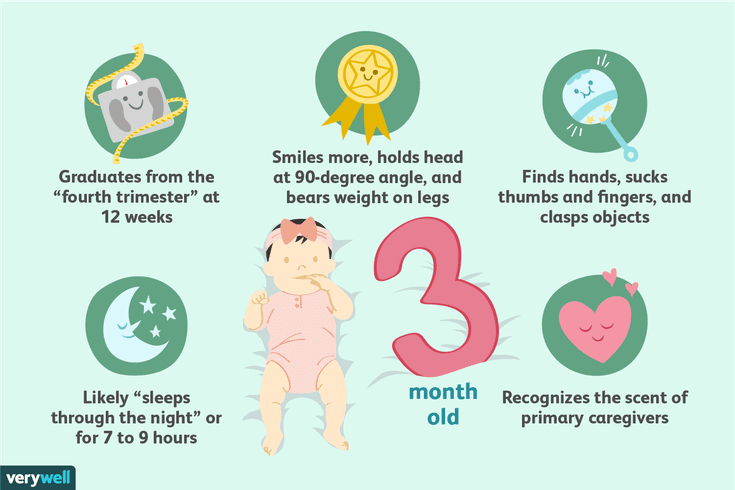 This can be a few weeks after conception. It’s best to call your healthcare provider once you have a positive pregnancy test to schedule your first appointment.
This can be a few weeks after conception. It’s best to call your healthcare provider once you have a positive pregnancy test to schedule your first appointment.
When you call, your healthcare provider may ask you if you are taking a prenatal vitamin. These supplements contain folic acid. It’s important that you get at least 400mcg of folic acid each day during a pregnancy to make sure the fetus's neural tube (beginning of the brain and spine) develops correctly. Many healthcare providers suggest that you take prenatal vitamins with folic acid even when you aren’t pregnant. If you weren’t taking prenatal vitamins before your pregnancy, your provider may ask you to start as early as possible.
What’s the timeline for fetal development?
The fetus will change a lot throughout a typical pregnancy. This time is divided into three stages, called trimesters. Each trimester is a set of about three months. Your healthcare provider will probably talk to you about fetal development in terms of weeks.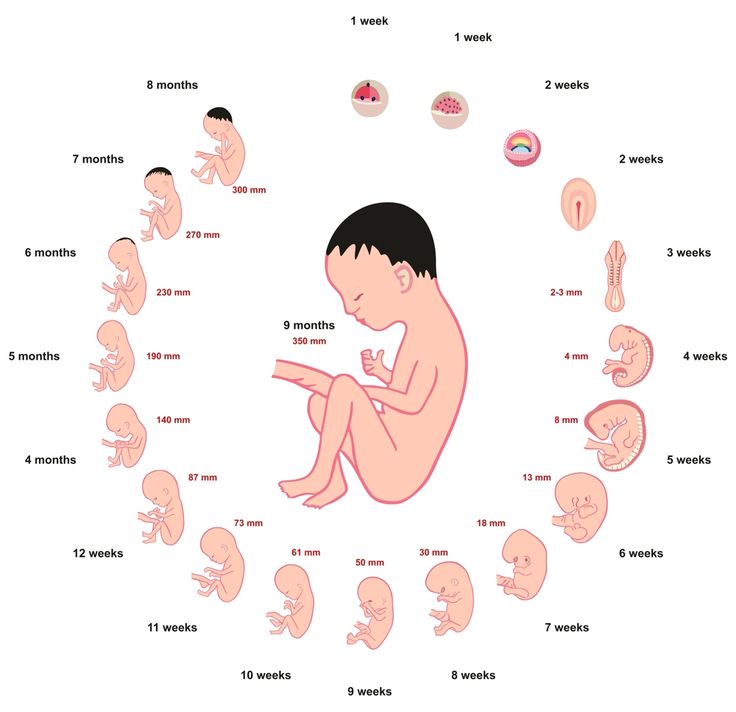 So, if you are three months pregnancy, you are about 12 weeks.
So, if you are three months pregnancy, you are about 12 weeks.
You will see distinct changes in the fetus, and yourself, during each trimester.
Traditionally, we think of a pregnancy as a nine-month process. However, this isn’t always the case. A full-term pregnancy is 40 weeks, or 280 days. Depending on what months you are pregnant during (some are shorter and some longer) and what week you deliver, you could be pregnant for either nine months or 10 months. This is completely normal and healthy.
Once you get close to the end of your pregnancy, there are several category names you might hear regarding when you go into labor. These labels divide up the last few weeks of pregnancy. They’re also used to look out for certain complications in newborns. Babies that are born in the early term period or before may have a higher risk of breathing, hearing or learning issues than babies born a few weeks later in the full term time frame. When you’re looking at these labels, it’s important to know how they’re written. You may see the week first (38) and then you’ll see two numbers separated by a slash mark (6/7). This stands for how many days you currently are in the gestational week. So, if you see 38 6/7, it means that you are on day 6 of your 38th week.
You may see the week first (38) and then you’ll see two numbers separated by a slash mark (6/7). This stands for how many days you currently are in the gestational week. So, if you see 38 6/7, it means that you are on day 6 of your 38th week.
The last few weeks of pregnancy are divided into the following groups:
- Early term: 37 0/7 weeks through 38 6/7 weeks.
- Full term: 39 0/7 weeks through 40 6/7 weeks.
- Late term: 41 0/7 weeks through 41 6/7 weeks.
- Post term: 42 0/7 weeks and on.
Talk to your healthcare provider about any questions you may have about gestational age and due date.
Stages of Growth Month-by-Month in Pregnancy
First trimester
The first trimester will span from conception to 12 weeks. This is generally the first three months of pregnancy. During this trimester, the fertilized egg will change from a small grouping of cells to a fetus that is starting to have a baby’s features.
Month 1 (weeks 1 through 4)
As the fertilized egg grows, a water-tight sac forms around it, gradually filling with fluid. This is called the amniotic sac, and it helps cushion the growing embryo.
During this time, the placenta also develops. The placenta is a round, flat organ that transfers nutrients from the mother to the fetus, and transfers wastes from the fetus. Think of the placenta as a food source for the fetus throughout your pregnancy.
In these first few weeks, a primitive face will take form with large dark circles for eyes. The mouth, lower jaw and throat are developing. Blood cells are taking shape, and circulation will begin. The tiny "heart" tube will beat 65 times a minute by the end of the fourth week.
By the end of the first month, the fetus is about 1/4 inch long – smaller than a grain of rice.
Month 2 (weeks 5 through 8)
Facial features continue to develop. Each ear begins as a little fold of skin at the side of the head. Tiny buds that eventually grow into arms and legs are forming. Fingers, toes and eyes are also forming.
Tiny buds that eventually grow into arms and legs are forming. Fingers, toes and eyes are also forming.
The neural tube (brain, spinal cord and other neural tissue of the central nervous system) is well formed now. The digestive tract and sensory organs begin to develop too. Bone starts to replace cartilage.
The head is large in proportion to the rest of the body at this point. At about 6 weeks, a heartbeat can usually be detected.
After the 8th week, healthcare providers refer to it as a fetus instead of an embryo.
By the end of the second month, the fetus is about 1 inch long and weighs about 1/30 of an ounce.
Month 3 (weeks 9 through 12)
The arms, hands, fingers, feet and toes are fully formed. At this stage, the fetus is starting to explore a bit by doing things like opening and closing its fists and mouth. Fingernails and toenails are beginning to develop and the external ears are formed. The beginnings of teeth are forming under the gums.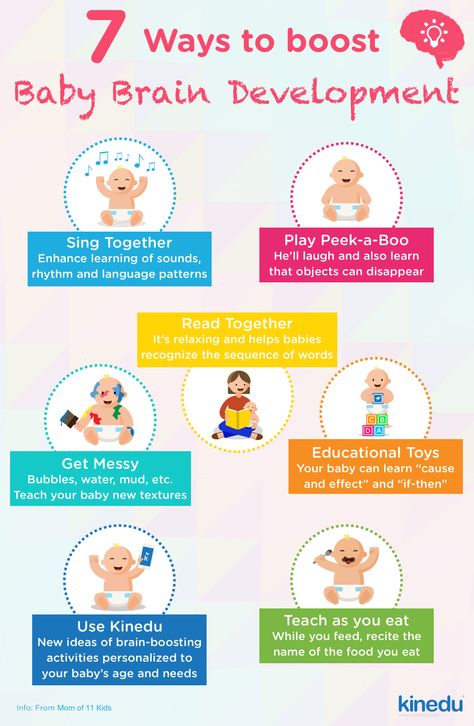 The reproductive organs also develop, but sex is still difficult to distinguish on ultrasound.
The reproductive organs also develop, but sex is still difficult to distinguish on ultrasound.
By the end of the third month, the fetus is fully formed. All the organs and limbs (extremities) are present and will continue to develop in order to become functional. The circulatory and urinary systems are also working and the liver produces bile.
At the end of the third month, the fetus is about 4 inches long and weighs about 1 ounce.
Since the most critical development has taken place, your chance of miscarriage drops considerably after three months.
Second trimester
This middle section of pregnancy is often thought of as the best part of the experience. By this time, any morning sickness is probably gone and the discomfort of early pregnancy has faded. The fetus will start to develop facial features during this month. You may also start to feel movement as the fetus flips and turns in the uterus. During this trimester, many people find out whether their baby will be designated male or female at birth. This is typically done during an anatomy scan (an ultrasound that checks physical development) around 20 weeks.
This is typically done during an anatomy scan (an ultrasound that checks physical development) around 20 weeks.
Month 4 (weeks 13 through 16)
The fetal heartbeat may now be audible through an instrument called a doppler. The fingers and toes are well-defined. Eyelids, eyebrows, eyelashes, nails and hair are formed. Teeth and bones become denser. The fetus can even suck his or her thumb, yawn, stretch and make faces.
The nervous system is starting to function. The reproductive organs and genitalia are now fully developed, and your doctor can see on ultrasound if the fetus will be designated male or female at birth.
By the end of the fourth month, the fetus is about 6 inches long and weighs about 4 ounces.
Month 5 (weeks 17 through 20)
At this stage, you may begin to feel the fetus moving around. The fetus is developing muscles and exercising them. This first movement is called quickening and can feel like a flutter.
Hair begins to grow on the head.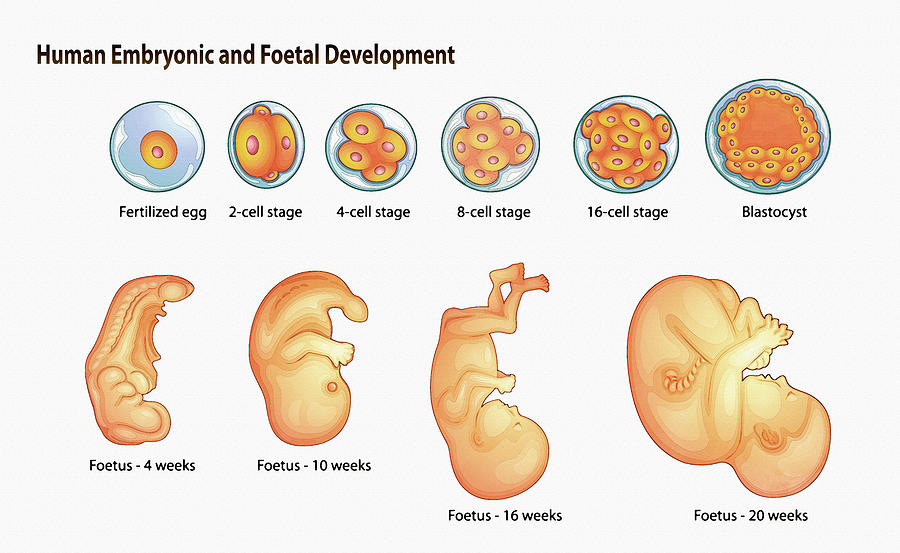 The shoulders, back and temples are covered by a soft fine hair called lanugo. This hair protects the fetus and is usually shed at the end of your baby's first week of life.
The shoulders, back and temples are covered by a soft fine hair called lanugo. This hair protects the fetus and is usually shed at the end of your baby's first week of life.
The skin is covered with a whitish coating called vernix caseosa. This "cheesy" substance is thought to protect fetal skin from the long exposure to the amniotic fluid. This coating is shed just before birth.
By the end of the fifth month, the fetus is about 10 inches long and weighs from 1/2 to 1 pound.
Month 6 (weeks 21 through 24)
If you could look inside the uterus right now, you would see that the fetus's skin is reddish in color, wrinkled and veins are visible through translucent skin. The finger and toe prints are visible. In this stage, the eyelids begin to part and the eyes open.
The fetus responds to sounds by moving or increasing the pulse. You may notice jerking motions if the fetus hiccups.
If born prematurely, your baby may survive after the 23rd week with intensive care.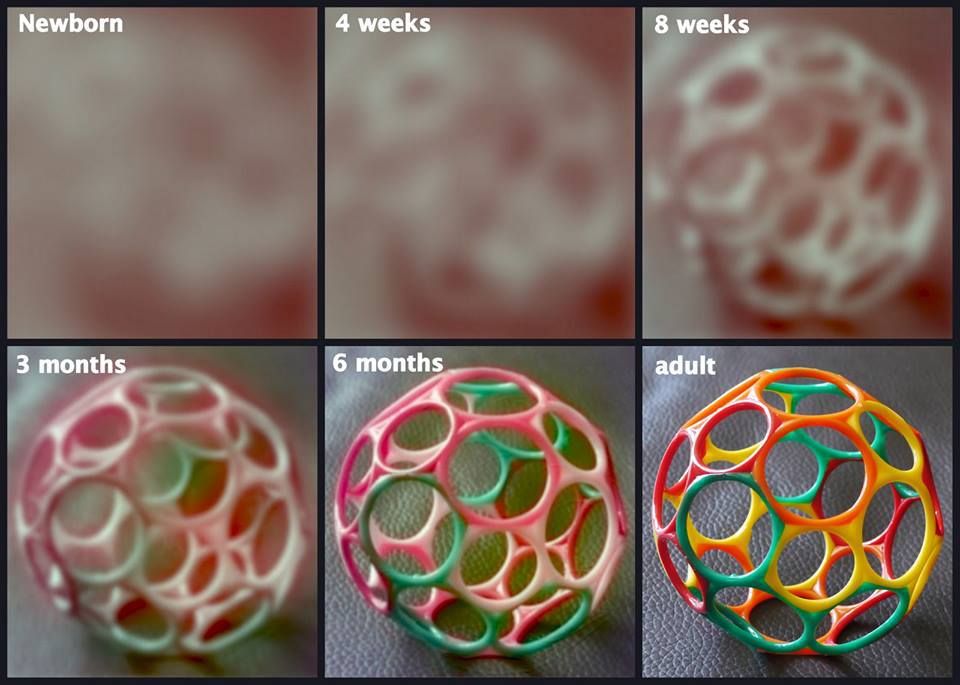
By the end of the sixth month, the fetus is about 12 inches long and weighs about 2 pounds.
Month 7 (weeks 25 through 28)
The fetus continues to mature and develop reserves of body fat. At this point, hearing is fully developed. The fetus changes position frequently and responds to stimuli, including sound, pain and light. The amniotic fluid begins to diminish.
If born prematurely, your baby would be likely to survive after the seventh month.
At the end of the seventh month, the fetus is about 14 inches long and weighs from 2 to 4 pounds.
Third trimester
This is the final part of your pregnancy. You may be tempted to start the countdown till your due date and hope that it would come early, but each week of this final stage of development helps the fetus prepare for birth. Throughout the third trimester, the fetus gains weight quickly, adding body fat that will help after birth.
Remember, even though popular culture only mentions nine months of pregnancy, you may actually be pregnant for 10 months.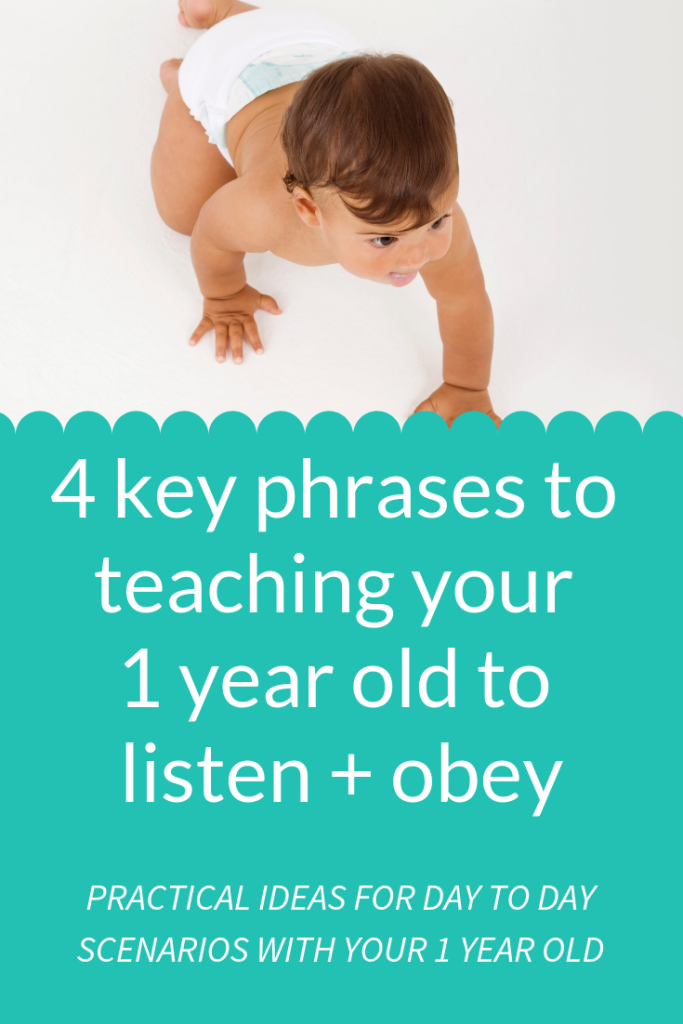 The typical, full-term pregnancy is 40 weeks, which can take you into a tenth month. It’s also possible that you can go past your due date by a week or two (41 or 42 weeks). Your healthcare provider will monitor you closely as you approach your due date. If you pass your due date, and don’t go into spontaneous labor, your provider may induce you. This means that medications will be used to make you go into labor and have the baby. Make sure to talk to your healthcare provider during this trimester about your birth plan.
The typical, full-term pregnancy is 40 weeks, which can take you into a tenth month. It’s also possible that you can go past your due date by a week or two (41 or 42 weeks). Your healthcare provider will monitor you closely as you approach your due date. If you pass your due date, and don’t go into spontaneous labor, your provider may induce you. This means that medications will be used to make you go into labor and have the baby. Make sure to talk to your healthcare provider during this trimester about your birth plan.
Month 8 (weeks 29 through 32)
The fetus continues to mature and develop reserves of body fat. You may notice more kicking. The brain developing rapidly at this time, and the fetus can see and hear. Most internal systems are well developed, but the lungs may still be immature.
The fetus is about 18 inches long and weighs as much as 5 pounds.
Month 9 (weeks 33 through 36)
During this stage, the fetus continues to grow and mature.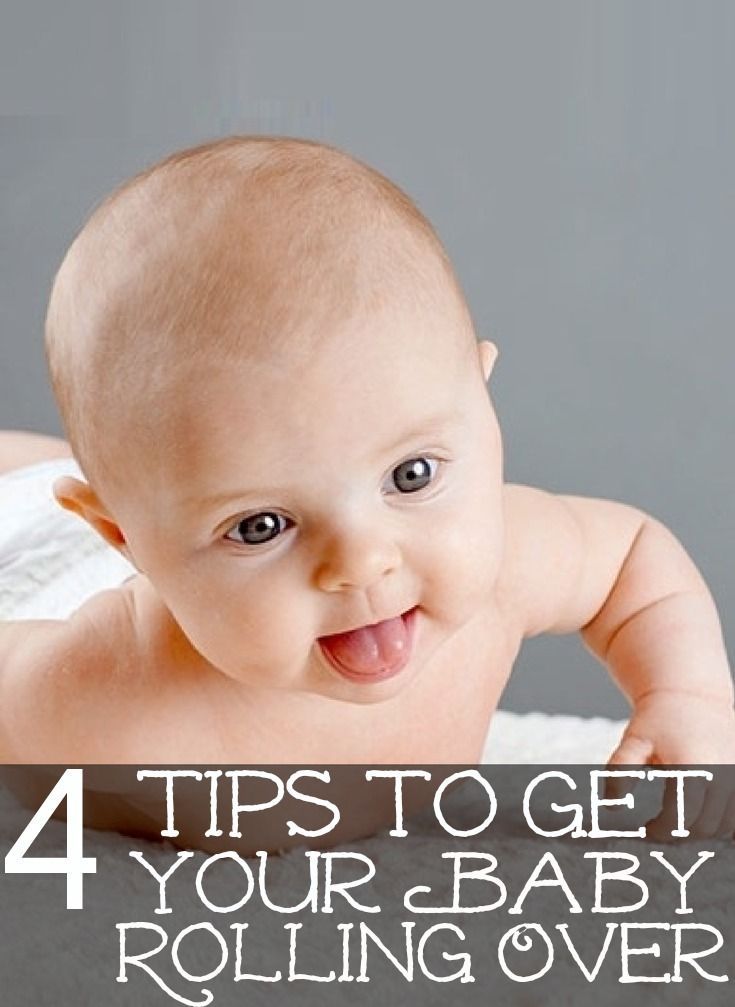 The lungs are close to being fully developed at this point.
The lungs are close to being fully developed at this point.
The fetus has coordinated reflexes and can blink, close the eyes, turn the head, grasp firmly, and respond to sounds, light and touch.
The fetus is about 17 to 19 inches long and weighs from 5 ½ pounds to 6 ½ pounds.
Month 10 (Weeks 37 through 40)
In this final month, you could go into labor at any time. You may notice that less movement because space is tight. At this point, The fetus's position may have changed to prepare for birth. Ideally, it's head down in your uterus. You may feel very uncomfortable in this final stretch of time as the fetus drops down into your pelvis and prepares for birth.
Your baby is ready to meet the world at this point. They are about 18 to 20 inches long and weigh about 7 pounds.
How to develop children with maximum benefit and without harm to health
Children's brain is plastic. It seems to some that the sooner you start teaching your child the violin or mathematics, the more success he will achieve.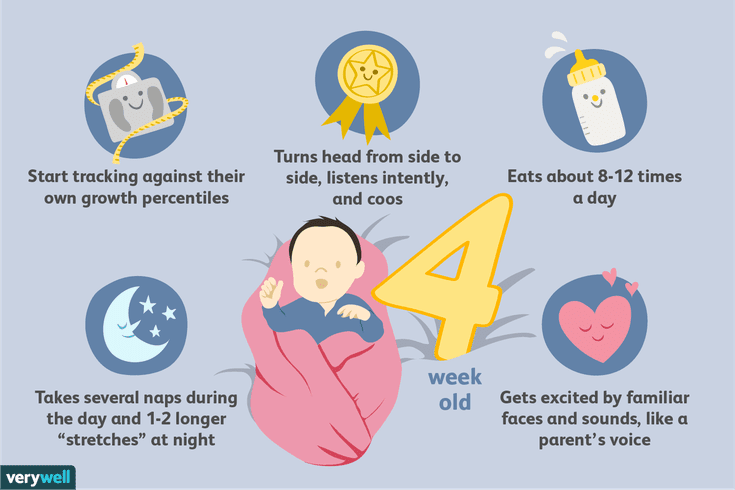 On the other hand, one-sided development can be harmful.
On the other hand, one-sided development can be harmful.
The truth is that there are both natural limits and times when it is most productive to develop different skills. Figure skating from the age of three - is this normal? What about methods of teaching reading from six months? How and when to teach a child other languages? We will try to give accurate answers to all these questions. nine0003
Article checked by Euromed Kids doctors:
- pediatrician — Polina Sergeevna Ponomarenko
- orthopedist-traumatologist — Filipp Viktorovich Meshkov
Sport
Sports
overcome difficulties. Often this is true. We know that circus children, little skaters, ballerinas and gymnasts have the highest industriousness and determination. The psychological nature of this purposefulness is as follows: a preschooler and a younger student first seeks to please with his achievements important people for him - a parent and a coach, and then, at about 8-10 years old, internalization occurs, that is, the goal moves "inside the child" - he begins to perceive himself as a figure skater, athlete, acrobat.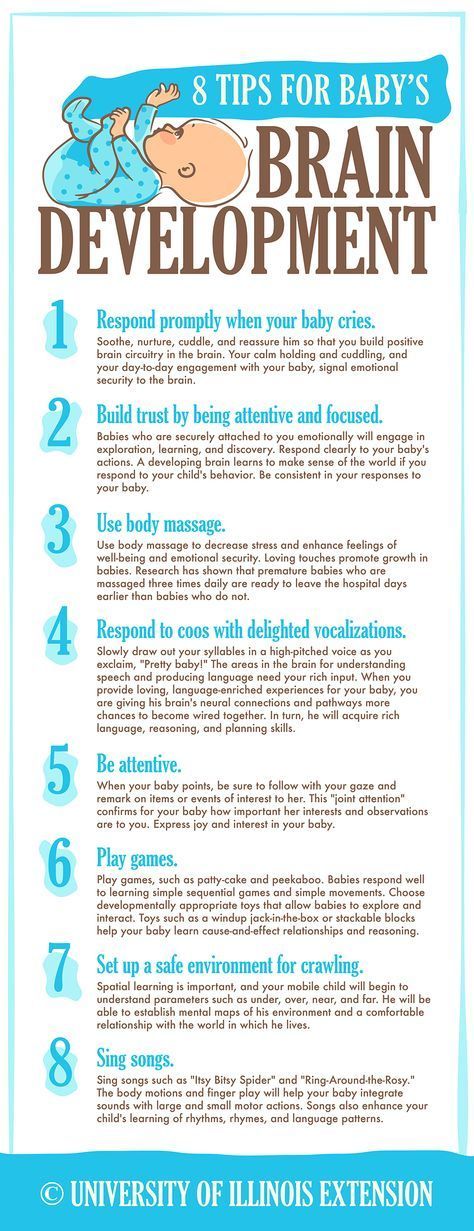 nine0003
nine0003
But not all children who grew up in sports become athletes. And not everyone can transfer their sports dedication to other areas. Education at school and university requires not only diligence in developing skills and competition, but also many other qualities that a child athlete may be less developed because they were not given time.
What to do?
- Do not send your child to the sport of achievements because you want to develop his determination. There are many ways to do this with less psychological and time costs. nine0010
- Carefully consult a doctor, and do this at every stage of the child's growth (3-4 years, 6-7 years, prepubertal - 10-11 years, 15-16 years). There are cases of a categorical discrepancy between the sport and the bodily characteristics of the child. For example, connective tissue dysplasia is a serious contraindication against any dynamic loads on the joints (running, dancing, gymnastics, figure skating). Such children usually show good results (they have excellent eversion, flexibility), but at the same time, connective tissues wear out more than others, and back and knee problems begin faster.
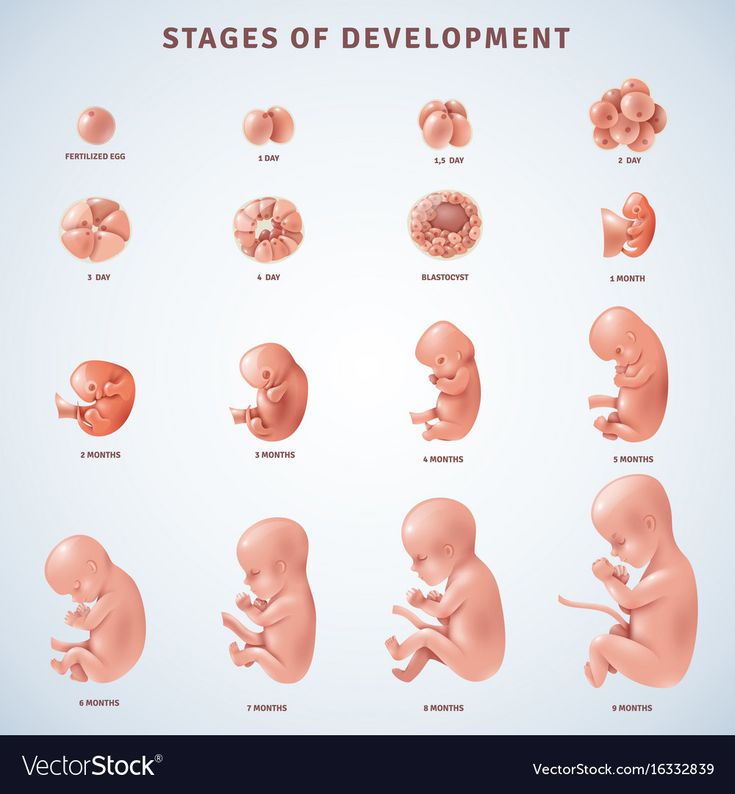 nine0010
nine0010 - If a child loves sports very much, at the age of 11-13 it is worth deciding together whether he will be a professional athlete. And if the answer is “yes”, then have at the ready not only plans to conquer the world and become a champion, but also more realistic options: a coach in a fitness club or sports school, a physical education teacher. Otherwise, the danger of breakdowns and depressions grows.
It is much more useful for children - both from a physiological and psychological point of view - non-professional sports, in which you can also achieve certain results, but not absolute, but relative. The child does not strive for records in his age group, but gradually, at his own pace, learns new skills. Here, too, purposefulness and overcoming oneself develop, but the loads will be more dosed, since the desired result is not achievements, but the development of skills and health promotion. For a preschooler, two workouts a week are enough, for a schoolboy - three. Amateur team sport is very good, which allows you to balance the psychological load and “let off steam”, teaches you to work together, play by the rules. Unfortunately, in Russia it is not so easy to find an enthusiastic coach who would not be busy growing champions, but if desired, this is quite possible. nine0003
Amateur team sport is very good, which allows you to balance the psychological load and “let off steam”, teaches you to work together, play by the rules. Unfortunately, in Russia it is not so easy to find an enthusiastic coach who would not be busy growing champions, but if desired, this is quite possible. nine0003
When to enroll a child in a sports section, even an amateur one?
We advise you to do this not earlier than 4-5 years. A young child benefits more from the spontaneous development of motor skills. The baby should have a fairly diverse involuntary movement - run, jump, climb, kick the ball not on command, but on their own. The younger preschooler first learns to enjoy his body, gets to know it, and only then, by about 5 years, comes to purposeful activity. nine0003
Watch a video with our orthopedic traumatologist - Alyabiev Alexander Borisovich . On it, he tells where to give the child? Which sport is safe for health and which is not? At what age can physical exercise be started? Which section is more like for a boy and which one for a girl?
General intellectual development
Human cognitive development overcomes steps common to all. Our mind only gradually matures to understand certain concepts, and this happens in approximately the same way for all people. These steps, while observing children, were discovered and studied in the middle of the last century by such scientists as Piaget and Vygotsky. In its development, children's intelligence goes through the following stages:
- The period of sensorimotor intelligence (0-2 years). At this stage, the child begins to understand that he is separate from the outside world, and explores it with his body. He still cannot “imagine” anything, imagine, he can only operate with specific objects.
- Period of pre-operational submissions (2-7 years). The child gradually begins to form an "inner plan". Now he is learning to use symbols in the game: a pencil is a thermometer, and a box lid is a boat. But many types of experience the child cannot yet perceive.
 For example, if you pour water from a tall and narrow glass into a low and wide one, a preschooler may say that there is less water. If you explain and try many times, a preschooler can learn the correct answer, but if you change the experiment a little, the child will make the same mistake. This is because his thinking is not yet ready for operational representations. nine0010
For example, if you pour water from a tall and narrow glass into a low and wide one, a preschooler may say that there is less water. If you explain and try many times, a preschooler can learn the correct answer, but if you change the experiment a little, the child will make the same mistake. This is because his thinking is not yet ready for operational representations. nine0010 - Period of specific operations (7-10 years). At this age, the child can already not only use symbols, but also manipulate them at a logical level. He is already able to add and subtract non-existent cows (he does not need to draw them for this). But while he solves all problems separately and does not know how to generalize. Having solved the problem about Dima and apples, a first-grader can hang over the “same” problem about Anya and cucumbers. Because these are different tasks for him.
- Period of formal operations (after 10-12 years). A teenager can already imagine non-existent objects, think by analogy, understand metaphors, take the point of view of another person.
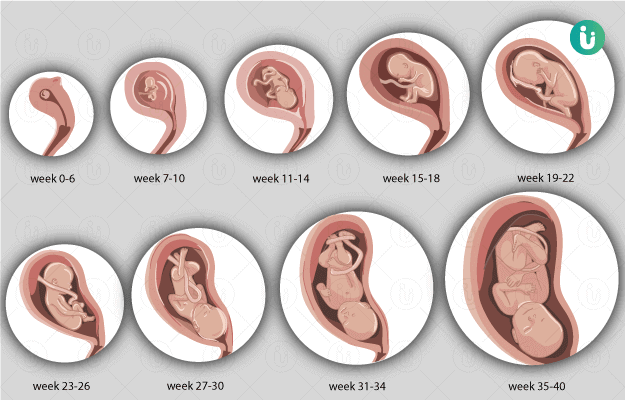 He can think logically and abstractly, solve problems "in a general way", and he does not need apples and dogs for example. To think, a teenager no longer needs a connection with real physical objects or actual events. Operations have completely moved to the internal plan. nine0010
He can think logically and abstractly, solve problems "in a general way", and he does not need apples and dogs for example. To think, a teenager no longer needs a connection with real physical objects or actual events. Operations have completely moved to the internal plan. nine0010
What happens if you try to speed up the development of a child's thinking?
At best nothing will happen. So, we can certainly teach the brisk five-year-old the multiplication table, but he will learn it mechanically and will not be able to apply it in life (that is, if you ask him how many windows are in a house with four floors of six windows in each, he will not multiply 4 by 6 in his mind, but still draw a house and count the windows). This is where human training differs from animal training: we do not just reinforce a skill, but rely on the internal mechanisms of thinking. Without this, the acquired skills remain fragile. nine0003
But it can be different. Some children who are not quite neurotypical by nature (for example, those with a mild autism spectrum disorder) may learn to operate with symbolic systems early.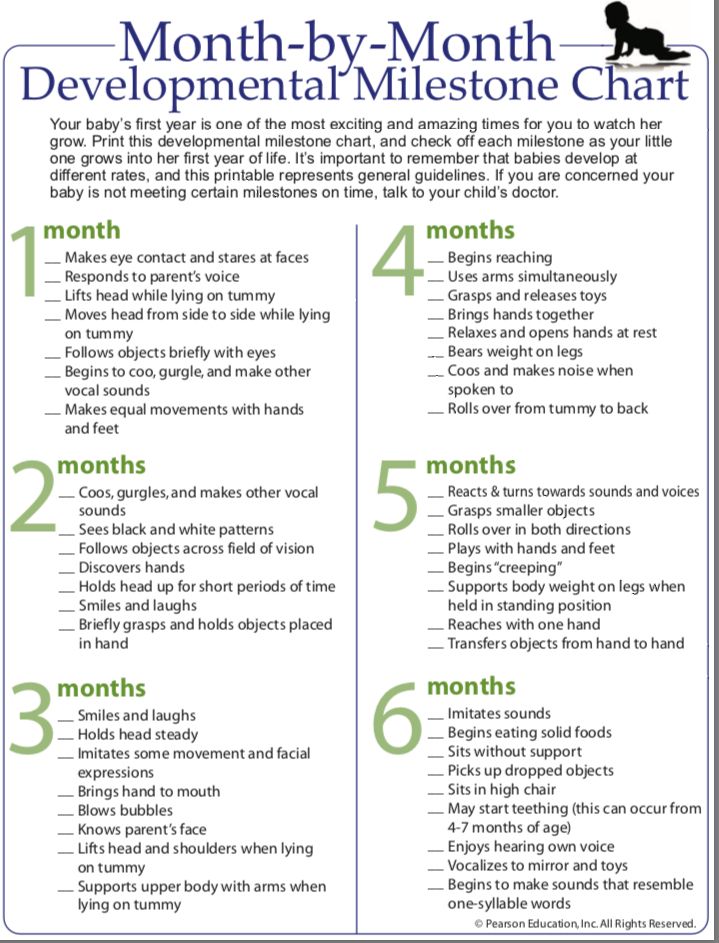 It is these children who at the age of five are able to understand complex mathematical categories. However, this is due to a slowdown in the development of other aspects of thinking, primarily emotional and social intelligence, the creative component. For the psyche of such children, an early emphasis on intellectual development that is not appropriate for age can be really harmful. nine0003
It is these children who at the age of five are able to understand complex mathematical categories. However, this is due to a slowdown in the development of other aspects of thinking, primarily emotional and social intelligence, the creative component. For the psyche of such children, an early emphasis on intellectual development that is not appropriate for age can be really harmful. nine0003
All this does not mean that you can't do anything developing with preschoolers. On the contrary, it is possible and necessary. But these activities should correspond to the stage of thinking at which the child is.
For example, it is obvious that any developmental activities with preschoolers are carried out only in the form of a game. Based on the stages of development of thinking, it becomes clear why a five-year-old child is able to enthusiastically play with dolls for hours, but cannot sit for more than ten minutes in "preparation for school" classes. Moreover, even the elementary school in Russia is not quite physiologically and psychologically useful for a child of 7-10 years old.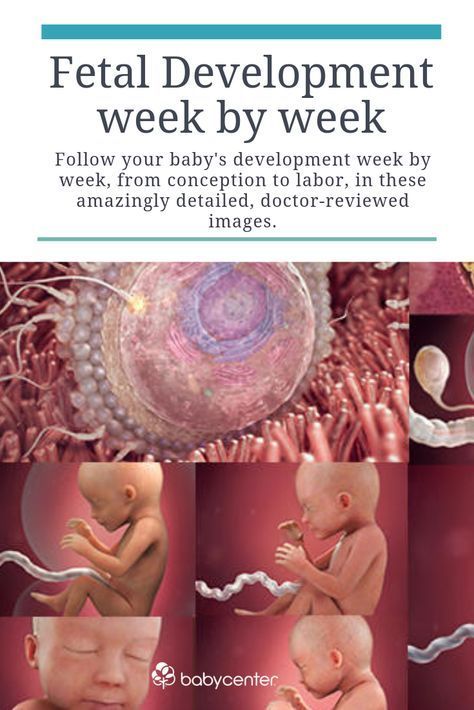 At this age, when concrete thinking is being formed, it would be more efficient to get most of the knowledge not sitting at a desk and looking at a textbook or passively listening to a teacher, but in the course of completing projects, searching for information, and collaborating with other students. So more channels of perception are involved. Therefore, the methodologists of many European countries came to the project system (in particular, Germany, where all schools work according to it). nine0003
At this age, when concrete thinking is being formed, it would be more efficient to get most of the knowledge not sitting at a desk and looking at a textbook or passively listening to a teacher, but in the course of completing projects, searching for information, and collaborating with other students. So more channels of perception are involved. Therefore, the methodologists of many European countries came to the project system (in particular, Germany, where all schools work according to it). nine0003
A preschooler, on the other hand, thinks only in terms of objects. The smallest, in order to understand what an almond is and how it differs from a chestnut, one must not only see, but also touch these nuts, lick them. Only then is the connection between the representation and the word ensured. Teachers of the Montessori system are well aware of this feature: the intellectual education of a child is always sensory education.
It is very important to take into account such a feature of the thinking of babies as the mobility of their body, attention and emotions.
nine0003
Yes, yes, this is a feature of thinking. That is why poems and songs are better remembered when kids can move and dance to them. Attention is held on the subject only until the sensory or emotional stimulus has dried up. It is useless to ask a 5-6-year-old “not to be distracted” from classes - voluntary attention is almost not working for them yet. Yes, and at 7-10 it is still unstable, which is why in a lesson that lasts 40-45 minutes, only experienced teachers who can create strong, bright stimuli in time can hold attention. nine0003
Science for a 7-10 year old, and even more so for an older preschooler, is an experiment when we clearly demonstrate what happens to a substance or object. A story about historical events or the life of wildlife can only be a plot with specific characters (as in the program “Children about animals”, where there is always a specific leopard or monkey, whose life we observe and empathize with). Awareness of general concepts becomes available to the child not earlier than 10-11, sometimes 12-13 years.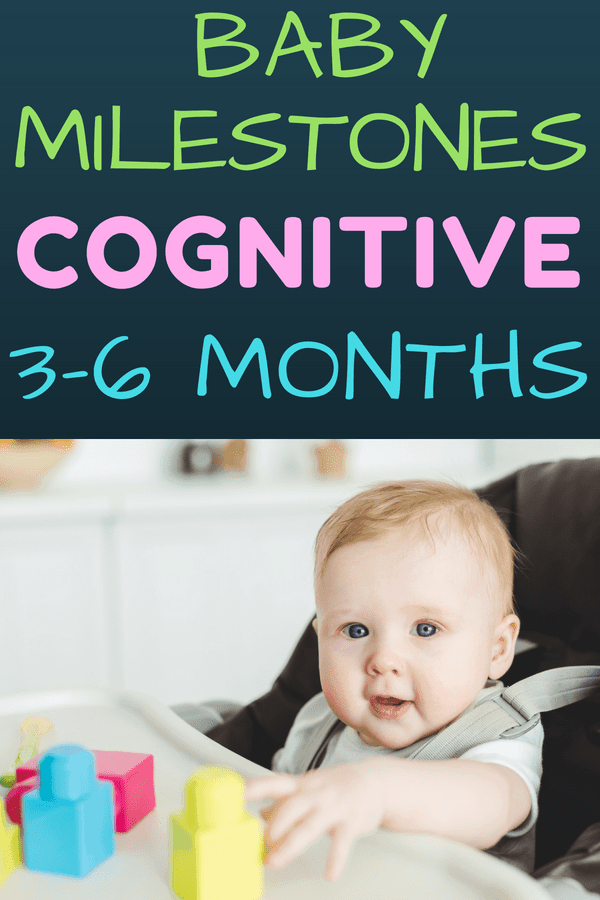 nine0003
nine0003
Another important thing that is often forgotten is how a person's motivation works. Normally, the reward should follow the action - only then the motivation will be strong and maintained. When trying to engage in child development, many people forget about this law. Simply put, a child is “given”, “taught” some kind of knowledge, forgetting that normally he must first make a movement towards it, feel the desire to receive this knowledge, reach out for it. When the answer (reward) follows the question, that's fine. When a child is given answers to questions that he did not ask, satiety sets in very quickly, the motivation system breaks down. The child does not have time to want to know something. Especially often this happens in modern conditions of excess information. Do not overfeed your child with knowledge and incentives. It is better to first wait for his interest in something, and even then take a step forward - answer the question, show an informative video, sign up for a circle.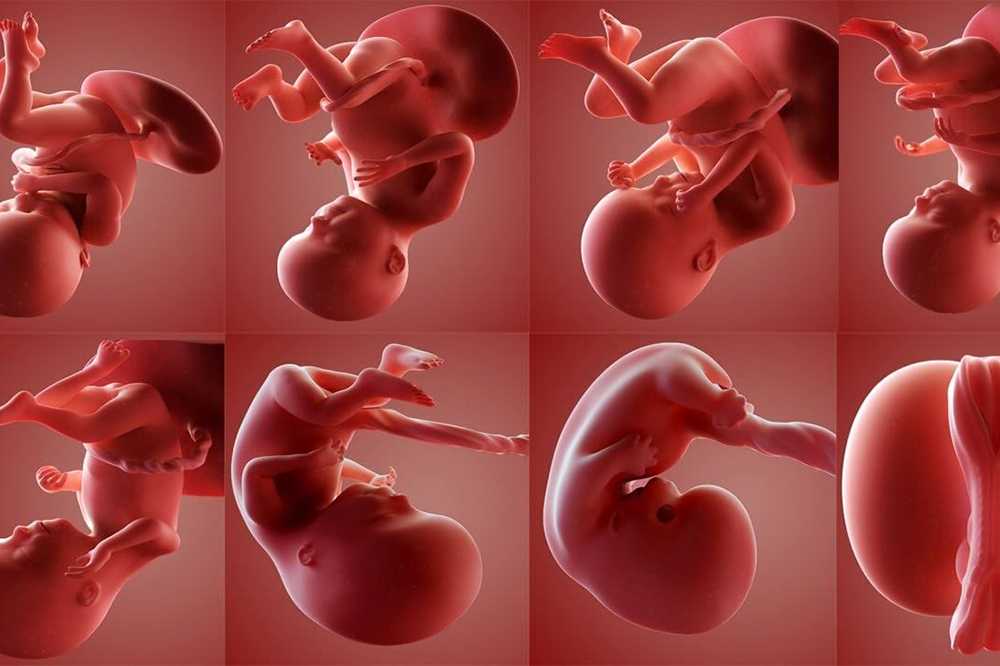 The desire to learn and gain new knowledge is as natural a process as appetite, and just like appetite, this desire works great if it is not broken. nine0003
The desire to learn and gain new knowledge is as natural a process as appetite, and just like appetite, this desire works great if it is not broken. nine0003
Foreign languages
There are two ways to teach a child a foreign language. The first is to introduce it into the life of the child as one of the languages spoken in his environment. This can be done at any age. Bilinguals and trilinguals may start speaking a little later, but they really learn two mother tongues early. This method is suitable if one of the adults in the family has a different native language (at least a foreign tutor who communicates with the child only in English all five working days), or if you live abroad. Science has not come up with other ways to bring up a bilingual. nine0003
A small child learns a language only through practice, in close, concrete interaction with the environment.
If bilingualism is not your case, there is no fundamental difference when to start. Until the age of 11-13, a child cannot seriously and for a long time learn a language as a foreign language (that is, as a symbolic system - remember the stages of development of thinking). This does not mean that he is not able to learn words or constructions even before this age, learn how to use their language in certain situations, listen to songs and watch movies, communicate. But don't count on these results or try to force language learning before the child is a teenager. nine0003
Until the age of 11-13, a child cannot seriously and for a long time learn a language as a foreign language (that is, as a symbolic system - remember the stages of development of thinking). This does not mean that he is not able to learn words or constructions even before this age, learn how to use their language in certain situations, listen to songs and watch movies, communicate. But don't count on these results or try to force language learning before the child is a teenager. nine0003
Don't be upset if your child finishes school with poor language skills. Good memory and ease of learning new skills do not end at 18, but last up to 25-35 years, with proper practice - and longer. Therefore, both at 12-13 and at 22-23 years old, a teenager or young man can easily learn a language if there is a good teaching system and strong motivation.
Is it useful to teach a child of 3-6 years old foreign words and how to do it? Yes, it is useful if he does not have big problems with his native language.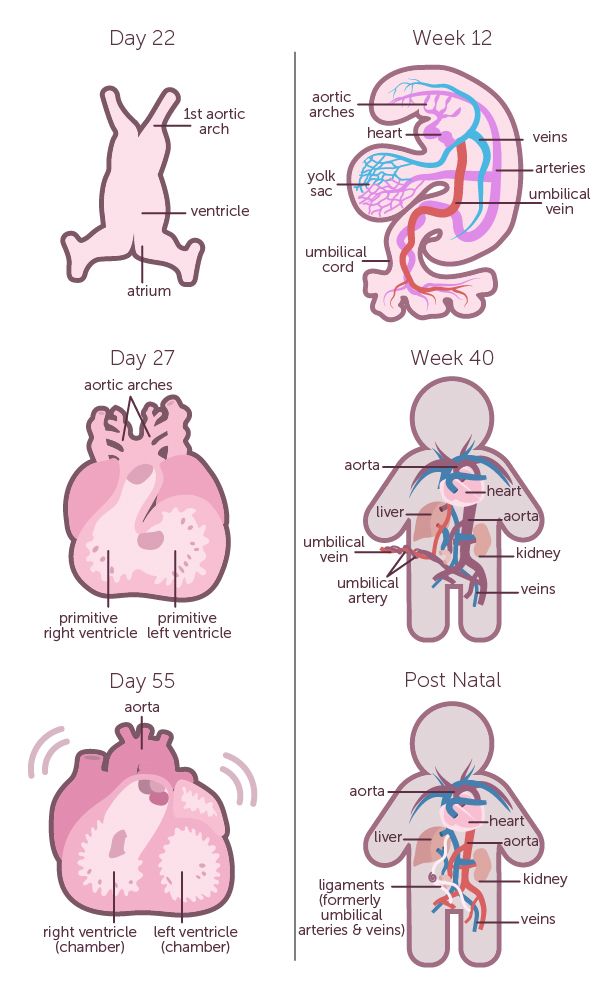 It is best to listen to songs in different foreign languages, unobtrusively introduce the child to the names of different objects and simple structures (“Hello”, “Excuse me”), and at the same time to the culture of different countries. It is especially good if you are going to another country and there the child can apply knowledge in practice - after all, the thinking of a preschooler is extremely specific. If there are people of different nationalities among your grandparents (someone Armenian, Uzbek or Jewish), it is very useful to learn a few words in the language of your ancestors, especially words that mean something in this culture (names of relatives, holidays, dishes). These are bright emotions that give a lot to a child. nine0003
It is best to listen to songs in different foreign languages, unobtrusively introduce the child to the names of different objects and simple structures (“Hello”, “Excuse me”), and at the same time to the culture of different countries. It is especially good if you are going to another country and there the child can apply knowledge in practice - after all, the thinking of a preschooler is extremely specific. If there are people of different nationalities among your grandparents (someone Armenian, Uzbek or Jewish), it is very useful to learn a few words in the language of your ancestors, especially words that mean something in this culture (names of relatives, holidays, dishes). These are bright emotions that give a lot to a child. nine0003
Creativity and development of creativity
In the minds of many, “learning to be creative” follows the same pattern as learning any skill or science, that is, as the acquisition of a sum of knowledge and skills. To this end, the preschooler is in a hurry to enroll in a music or art school as soon as possible. Sometimes it is not bad if the teacher knows the developmental features of preschoolers and follows them. You can attend the class and evaluate how they correspond to the level of thinking of your child. nine0003
Sometimes it is not bad if the teacher knows the developmental features of preschoolers and follows them. You can attend the class and evaluate how they correspond to the level of thinking of your child. nine0003
- If the solfeggio teacher quickly changes tasks (taking into account the peculiarities of attention), if, while learning a song about dahlias and autumn, he shows the children a dahlia in a vase and a bouquet of autumn leaves (concrete thinking), if children are taught to imitate the hoot of an owl or are offered to meow like cat (involvement of emotions), if during the lesson the children get up from their desks and perform some movements (accounting for sensory integration), if everyone is allowed to touch the instruments or even play them, you have come to the right music lesson for 4-6 years old . nine0010
- If in a drawing class children aged 5-10 are not taught the laws of perspective, do not require accuracy, do not learn to draw according to the rules and in general in detail, but show a variety of techniques and techniques, suggest drawing to music or illustrating fairy tales, depicting a certain emotion, — Before you is a good teacher of fine arts.
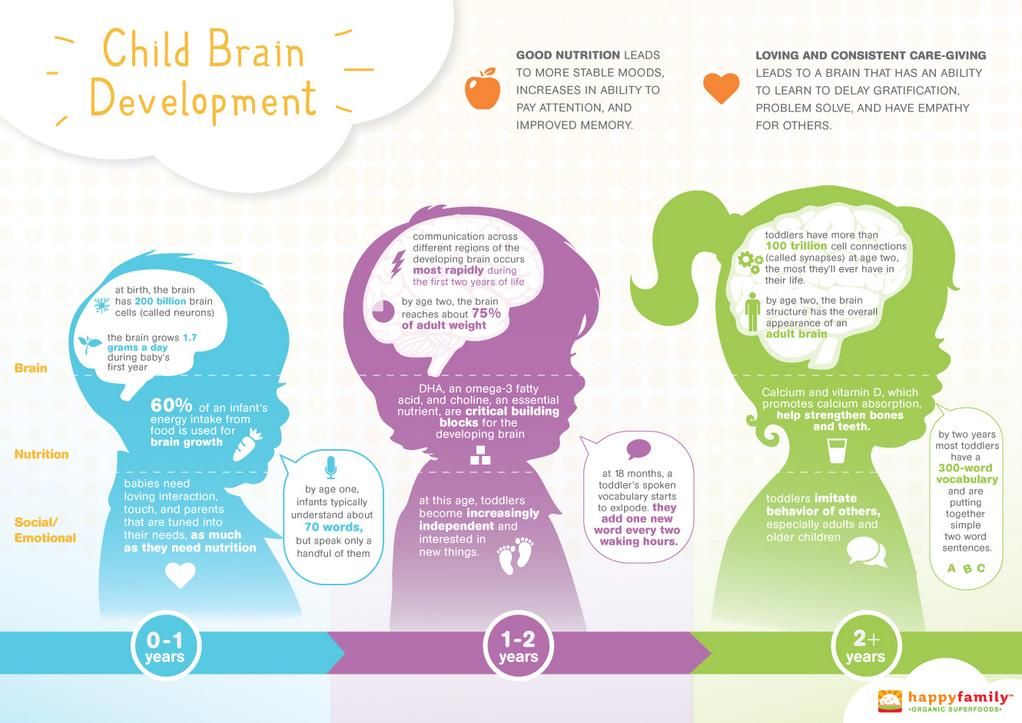
It is especially important in creative classes not to break the order of the child's natural development. Teachers of the Waldorf school system are very well aware of this. For them, the creativity of a child is a plant that needs to be protected, watered and fertilized, without trying (at least until the age of 12-13) to evaluate and adjust to the system of any academic rules. nine0003
This does not quite apply to playing musical instruments. This is more of a skill than creativity, so learning to play the violin or flute is closer to the “sports and ballet” section and obeys the same laws. There is always an element of coercion and extrinsic motivation in skills training, so it is best to start such training no earlier than 7-8 years.
Unfortunately, general education schools pay too little attention to the creative development of children. We urge parents to take seriously free drawing, storytelling, creative games such as burime, Imaginarium, children's fantasy and free play time even at 10-11 years old.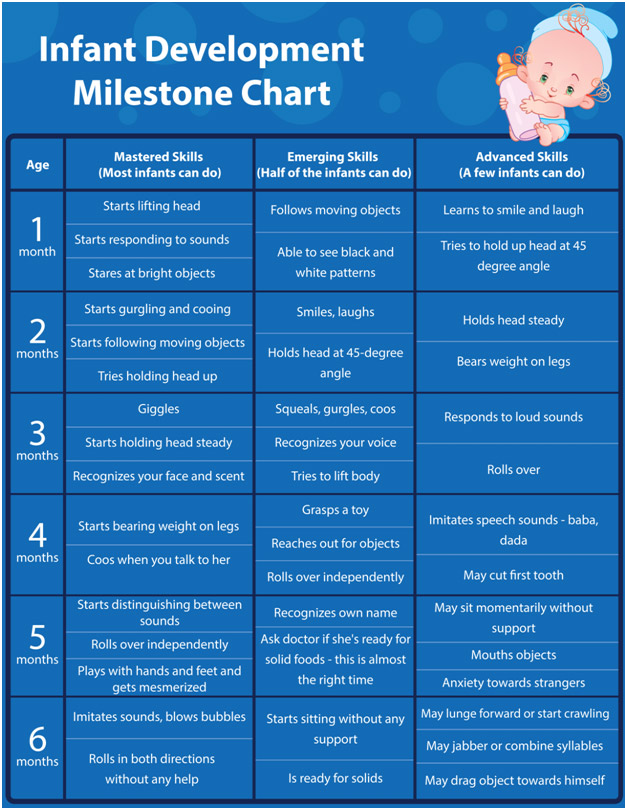 This activity is extremely important for the proper development of the child, the stability of the psyche, its flexibility, stability and the ability of a person to set existential (life) goals. nine0003
This activity is extremely important for the proper development of the child, the stability of the psyche, its flexibility, stability and the ability of a person to set existential (life) goals. nine0003
Read also:
- Schoolchildren: weak points
How and why to develop children from 0 to 3 years old | BuyMama Vologda
The sooner parents begin to pay attention to the development of their baby's skills, the sooner he will master the important abilities and skills for a fulfilling life.
Every child is unique and develops in their own way, at their own pace. No one can say with certainty how the baby will master certain skills. At the same time, there are always certain norms: when and how children begin to sit, stand, walk, run, draw, talk, read, write. nine0003
The first three years of life are the most important period in any baby's life. It is at this age that a character is formed, which later will be very difficult to adjust.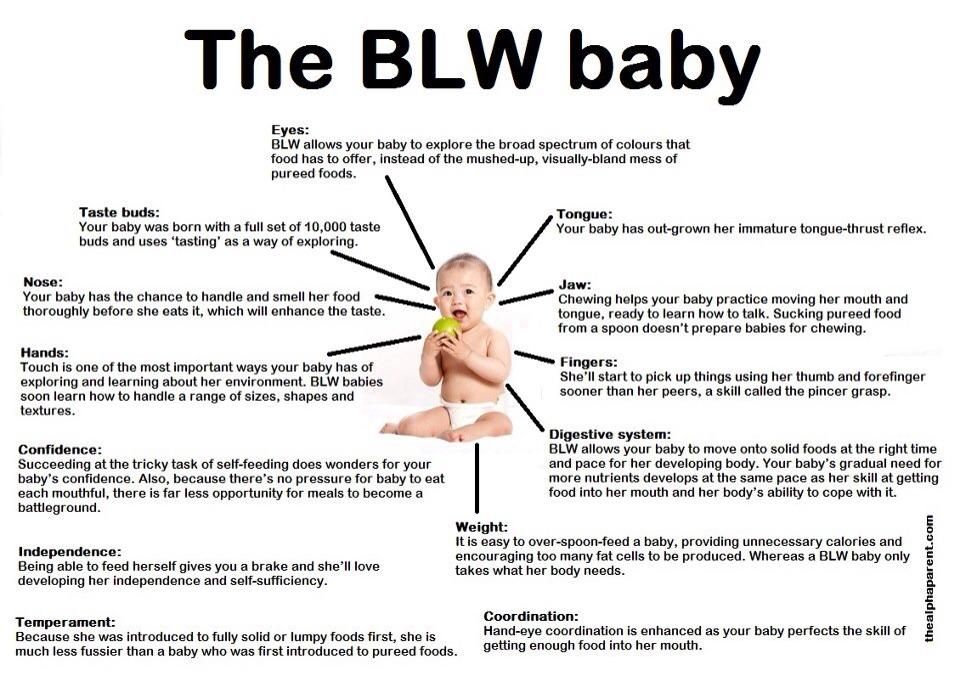 Child psychologists and experts recommend starting active development from six months, since by this age the foundation of the psyche is laid in the child and a tactile perception of the world around is formed.
Child psychologists and experts recommend starting active development from six months, since by this age the foundation of the psyche is laid in the child and a tactile perception of the world around is formed.
From the very first days, it is worth paying attention to the baby and developing his intellectual level as much as possible. It is necessary to talk, constantly tell him something, show pictures, read, play. The child is interested in everything, he absorbs all the available information, like a sponge. nine0003
Watching your baby, you probably already noticed that he does better, what he is more interested in. Based on these observations and experimenting, you can independently choose the complexes for the development of your baby. Many methods and techniques are described in detail on the Internet. The bookstores present the works of psychologists and children's specialists from all over the world and for every taste. It is easy to get lost in such a variety.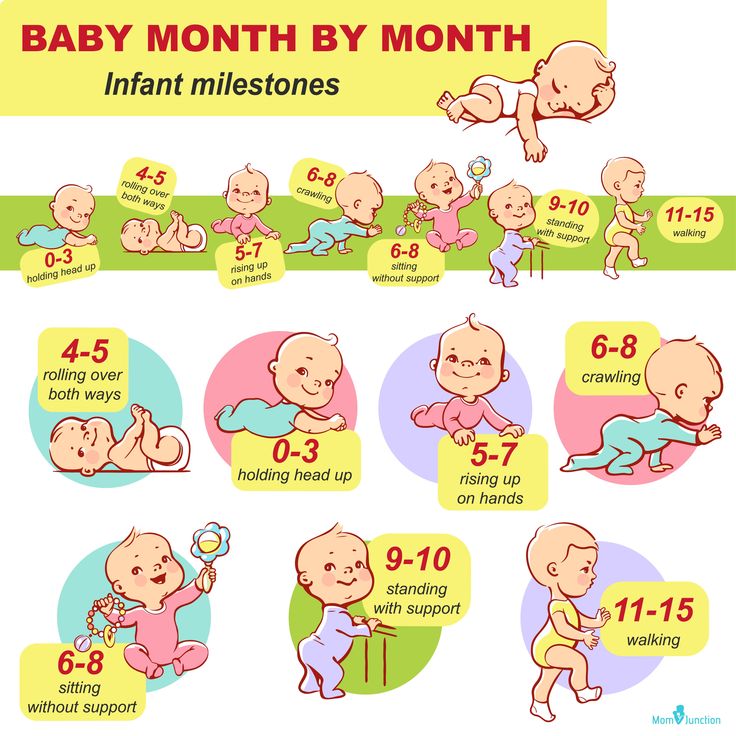 But, don't worry, your love and desire to help your baby explore the world is the most important thing. And now we will try to help you deal with the concepts of development. nine0003
But, don't worry, your love and desire to help your baby explore the world is the most important thing. And now we will try to help you deal with the concepts of development. nine0003
Early development: pros and cons.
Despite the scientifically substantiated usefulness of the phenomenon of early development, children's specialists and experienced parents are divided into two camps: there are zealous supporters and opponents of the concept. The arguments of each side deserve respect, therefore, the final choice is yours, friends.
Arguments "against":
- Human evolution spans more than tens of thousands of years, and ensures that any child will master the skills he needs when he is ready for it; nine0010
- Many methods, paying great attention to the mental and physical development of children, leave "overboard" emotional development, socialization and psychology;
- Techniques tend to be most effective when followed regularly and comprehensively.
 This requires some effort and involvement of parents. It is often not enough just to buy educational materials for a child;
This requires some effort and involvement of parents. It is often not enough just to buy educational materials for a child; - Making the child devote time to intellectual pursuits. We deprive him of his childhood; nine0010
- Untimely knowledge and skills. A child may learn the skill of reading very early, but his brain may not be ready to transform words into colorful images. The skill will simply be "mothballed" until the child is actively needed at school;
- Peers may envy overly smart children, do not accept them in their circle, games. It threatens with problems with socialization.
Arguments for:
- The world around us is constantly changing, in recent years very rapidly. In order for a child to grow up competitive in this world, to have time to learn the knowledge he needs, and finally not to get lost in an avalanche of information, he must be developed from infancy;
- Proponents of early development rightly believe that they do not deprive children of their childhood.
 With the help of the right technique, which will take into account the individual characteristics of the baby, you can make his early years truly bright, rich and interesting. It is important that development occurs naturally, becomes part of the game. Everything you need to try and "try on" for yourself. If the child is no longer fun and interesting, just try a different technique or combine them; nine0010
With the help of the right technique, which will take into account the individual characteristics of the baby, you can make his early years truly bright, rich and interesting. It is important that development occurs naturally, becomes part of the game. Everything you need to try and "try on" for yourself. If the child is no longer fun and interesting, just try a different technique or combine them; nine0010 - Methods of development help to see in time the baby's bright abilities, inclinations and interests. As a result, the child will grow up as a person who knows what he wants from life, what he likes and what not. It is much easier to be successful in what is in harmony with your inner world. Constant throwing and searching for yourself in adulthood is not about such children.
How and when to start?
Suppose we have already decided that the development of the child is necessary and useful. We know that from six months it is already possible to begin to actively explore the world.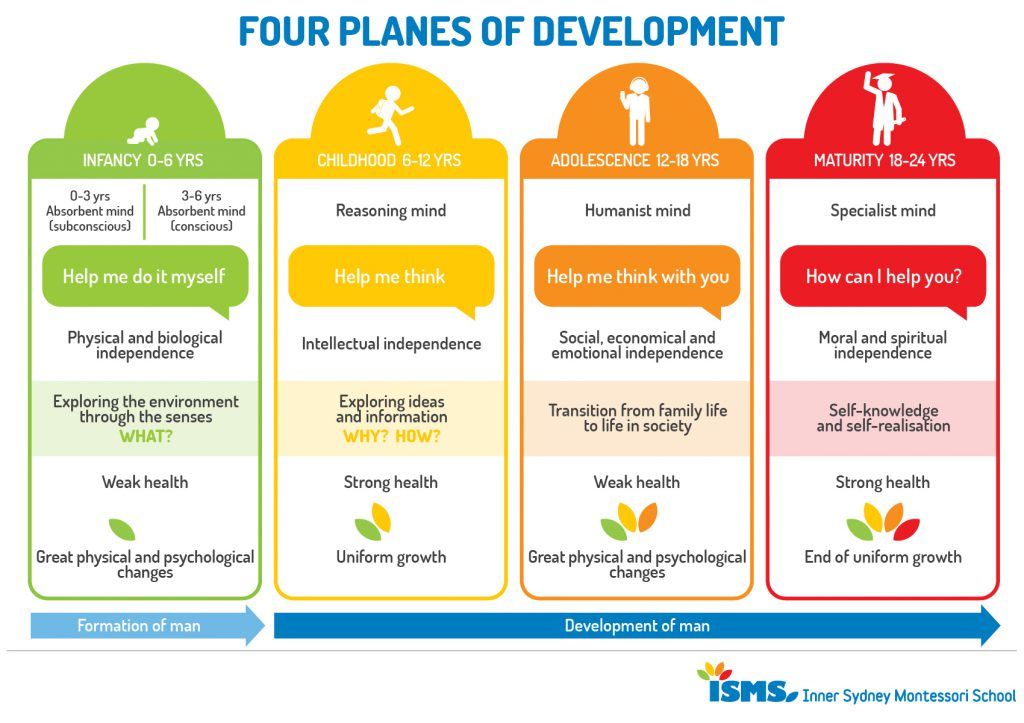 And yet, what is the first step, what to pay attention to? How do you know when it's time for your baby? nine0003
And yet, what is the first step, what to pay attention to? How do you know when it's time for your baby? nine0003
At first, you can simply create an environment for the child that will be filled with interesting and unusual objects for study by all senses. These are various toys for tactile, sound, visual, olfactory sensations. Toys, figures, colors, surfaces of different tactile sensations, special toys for babies. Play mats and centers, orthopedic and developmental mats will fit perfectly here.
Try to include your child in your daily and domestic tasks. You've probably heard the expression, "the best toys are not toys." Talk to your child about everything you do. Don't let this bother you - no one will see, but the baby is useful and interesting. nine0003
Do not forget to observe how the child reacts to everything. Child psychologists have come to the conclusion that it is worth starting to apply the techniques and start active development when the baby masters the following skills.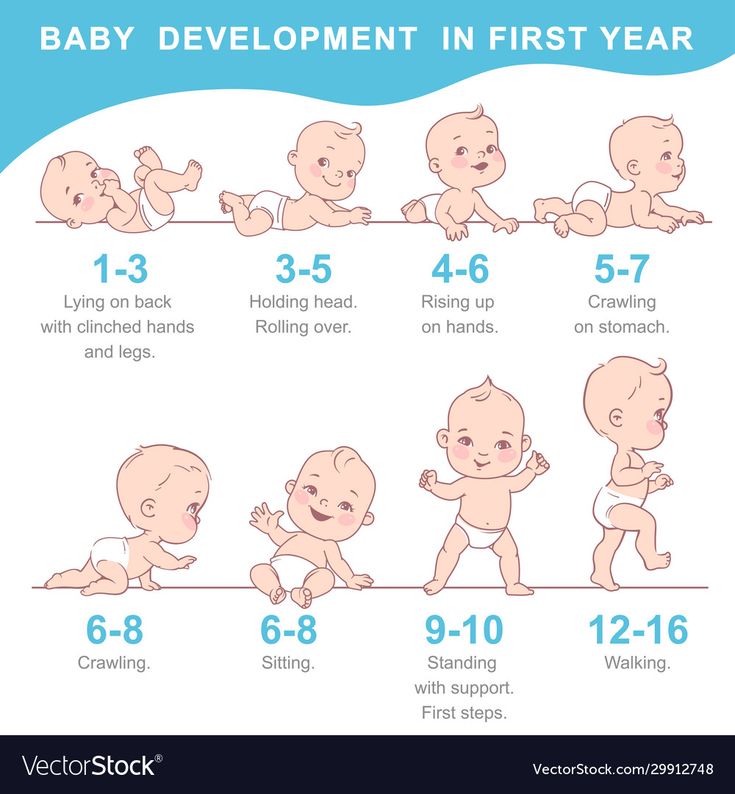
Required skills to get started:
- He perceives sounds and speech well, tries to reproduce sounds himself, communicate. This is the main signal;
- Confidently reacts to the names of objects and tries to take their names. So the baby develops his analytical abilities; nine0010
- Most of the children by this moment (do not forget, as a rule it is 6-7 months) are already sitting down and starting to crawl. This stage of development of the musculoskeletal system will allow you and your baby to start learning using methods for developing sensory perception and physical activity;
- If the child actively reacts to your facial expressions, emotions, you can choose a method based on emotional development.
Don't forget to watch your baby. If he does not yet show interest in learning, is bored or naughty, do not worry. Just try other educational games or wait until the child grows up a little. nine0003
The main principle is do no harm.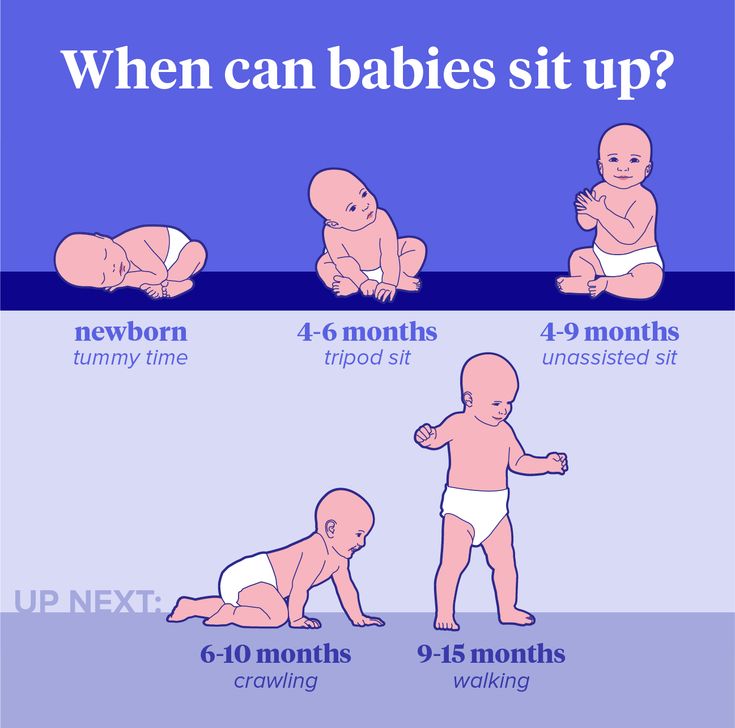 Careless and intrusive application of development techniques can have the opposite effect.
Careless and intrusive application of development techniques can have the opposite effect.
Use with caution:
- If the child is bored, naughty, protests - while it is better to give in. Do not force a child;
- If the baby is playing with enthusiasm or is busy with something important for him, it is better to wait until he finishes;
- It is worth starting classes according to the developmental methodology only if you are sure that the meaning of the classes recommended by the methodology is clear to you, and you consider it adequate and suitable for the child; nine0010
- Development must be complete and comprehensive. It is wrong to give preference, for example, to intellectual development to the detriment of physical or emotional development.
Develop in the child all his facets: emotions, intelligence, physical development and psychological aspects. The basis that the child learns especially in the first three years will form his personality and character in the future.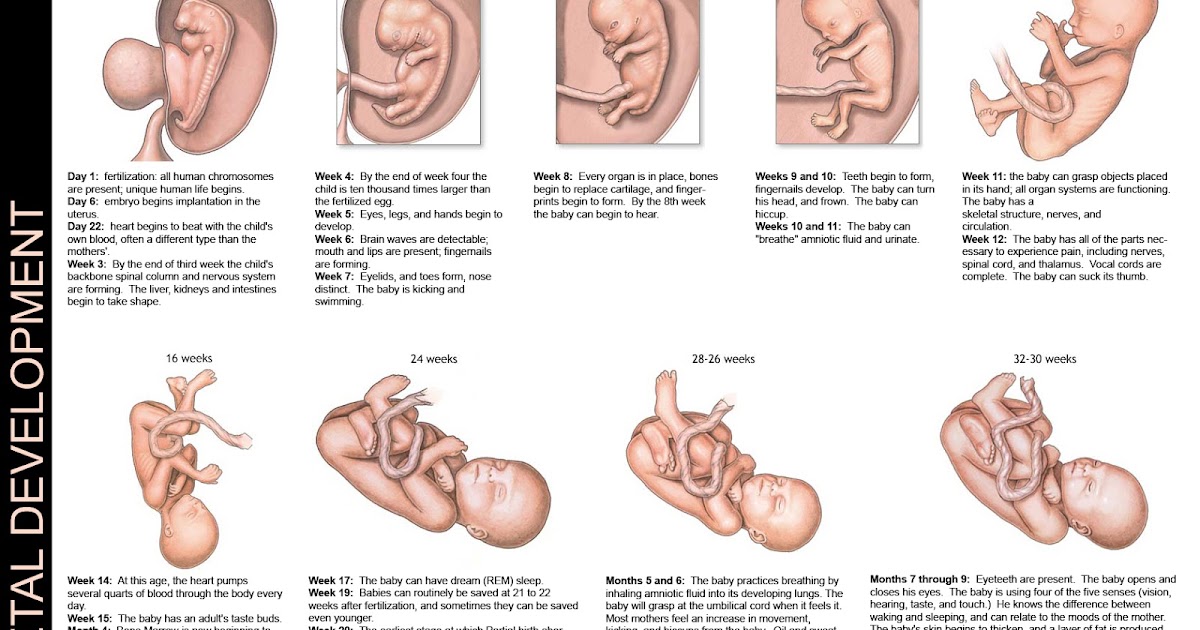
Based on an individual approach to each child, it allows you to develop logical thinking, memory, speech, motor skills and reveals creative potential. Montessori's main motto is "Teach me so I can do it myself!". The technique is over 100 years old, but educators around the world are still actively using the achievements of Maria Montessori in their programs. What do you think, trustworthy? nine0003
Based on a combination of physical and mental development. The main tool is cards with pictures and symbols (animals, objects, phenomena). The cards are shown to the child in turn, while clearly speaking. What is shown on them. So it is as if information is “loaded” into the baby’s brain. Classes are given a little time several times a day, and the rest of the time attention is paid to active games and physical development.
nine0003
This is a series of books that help to explore the fascinating world through pictures.
